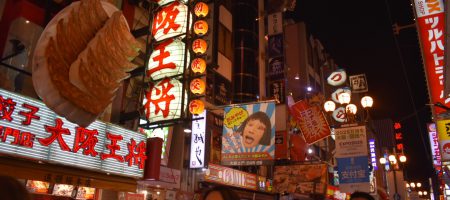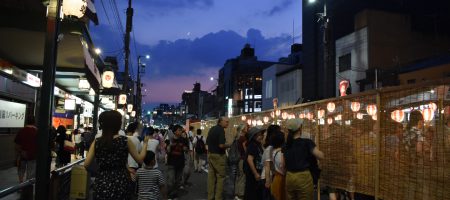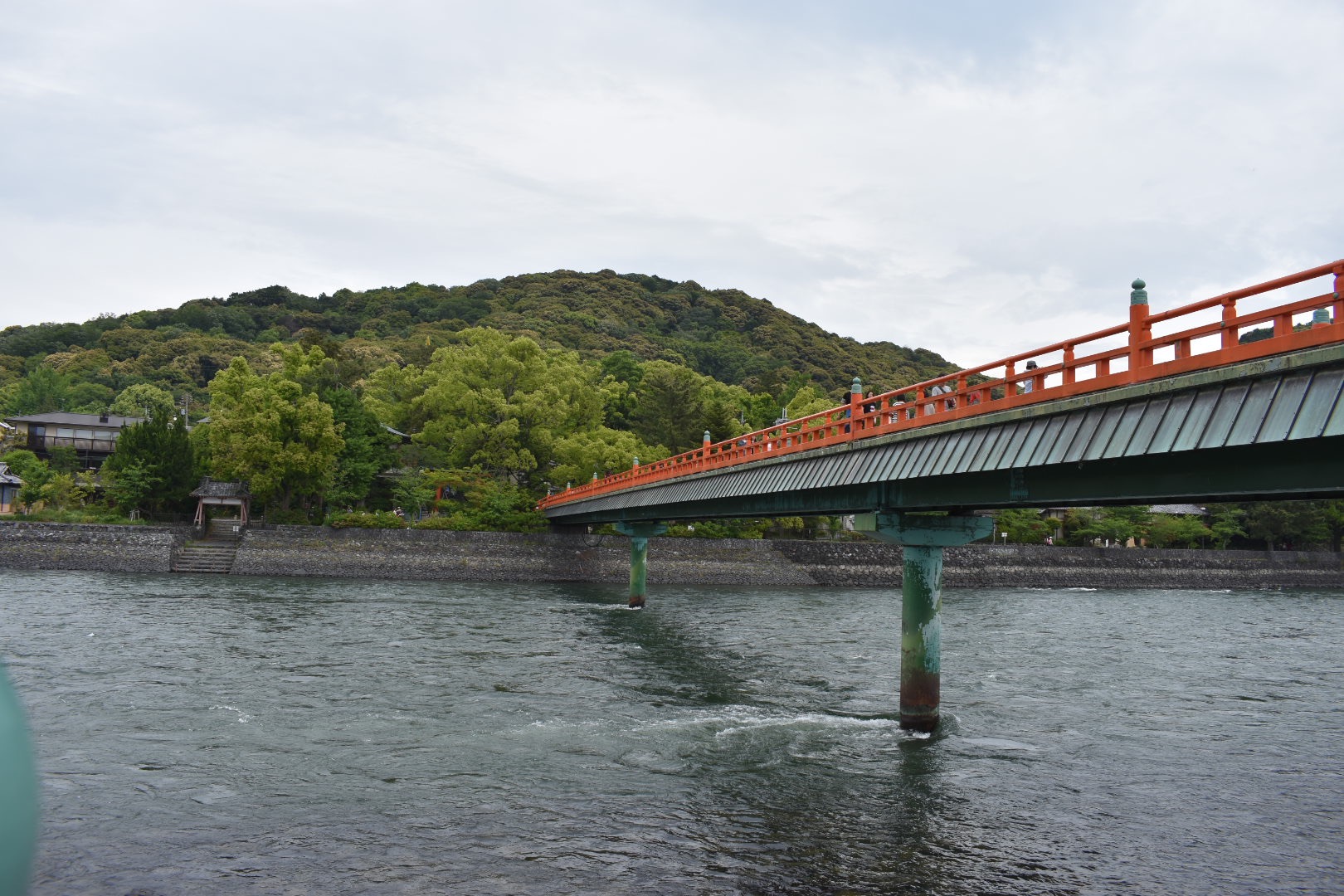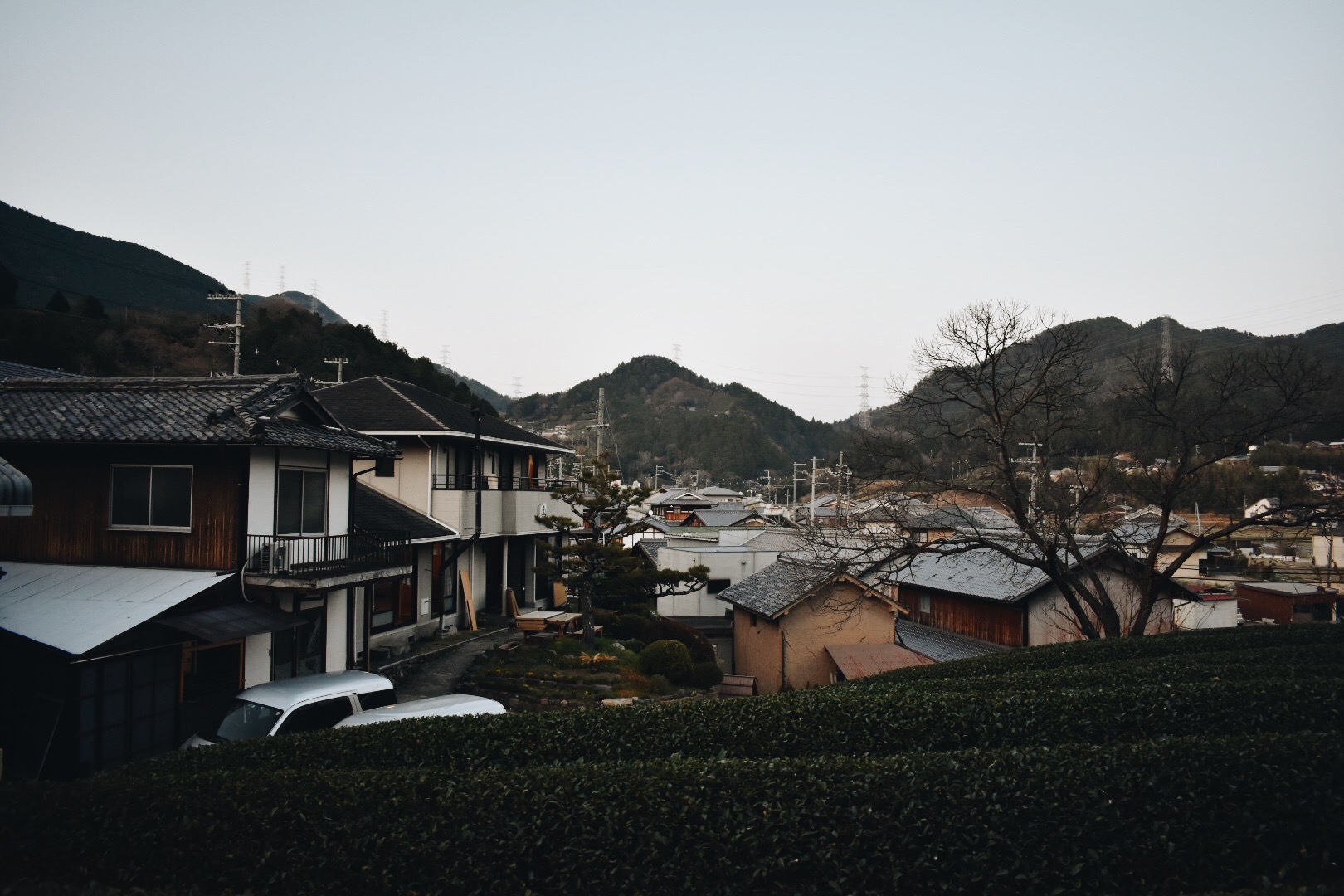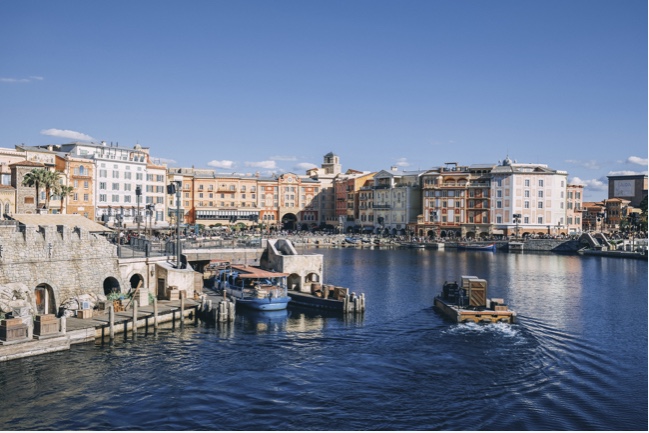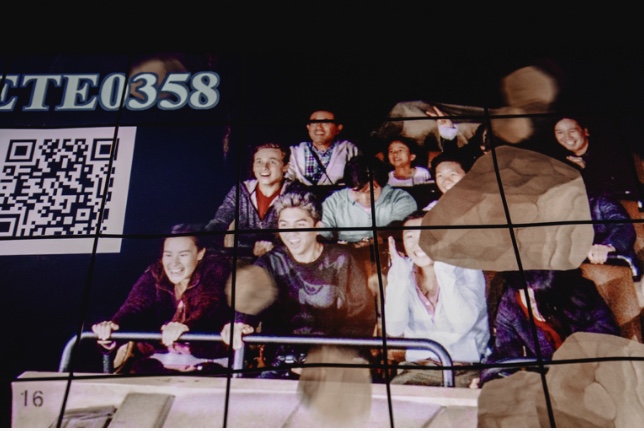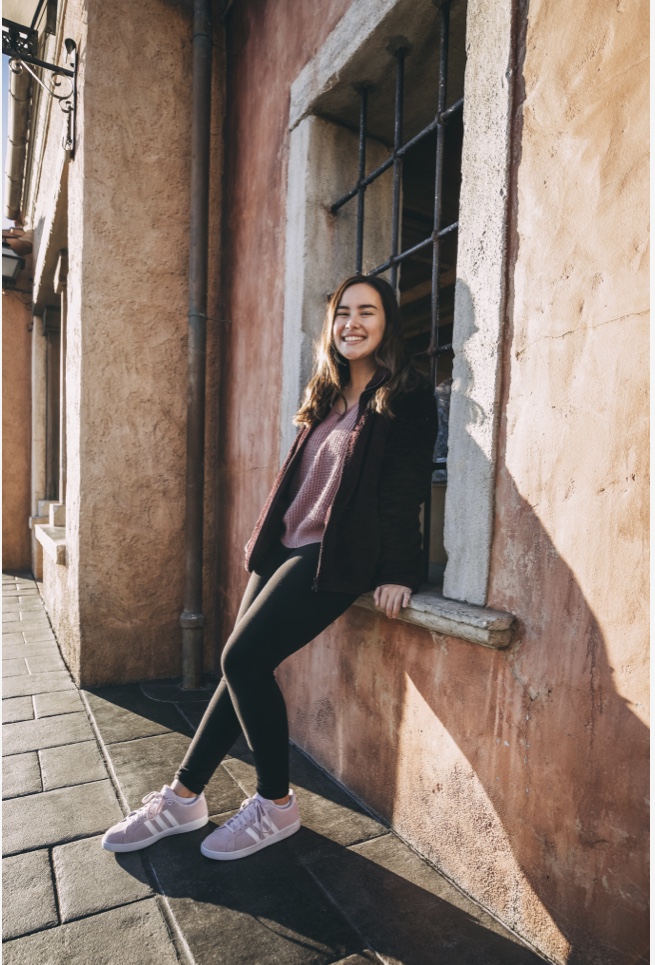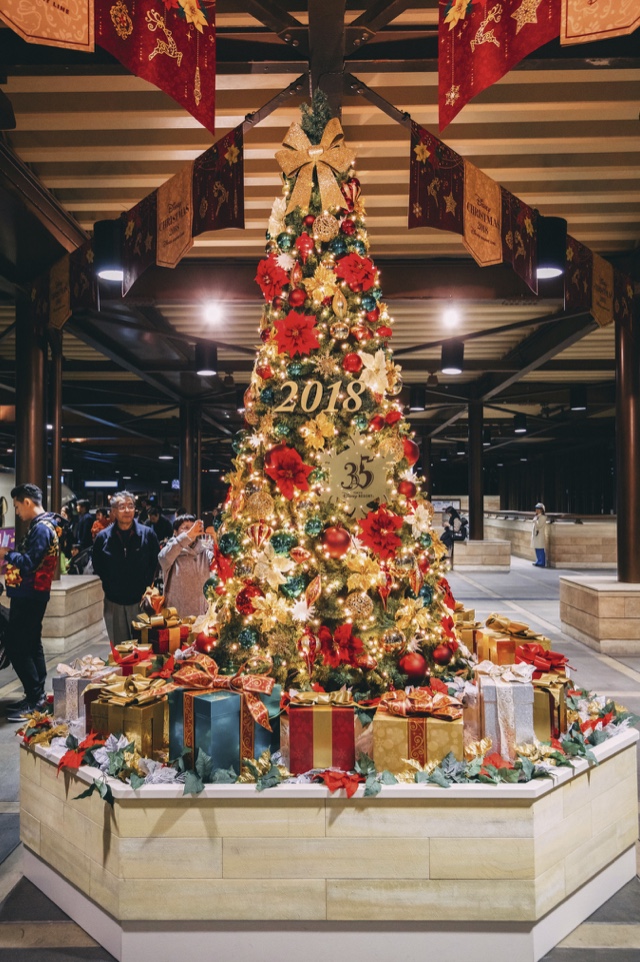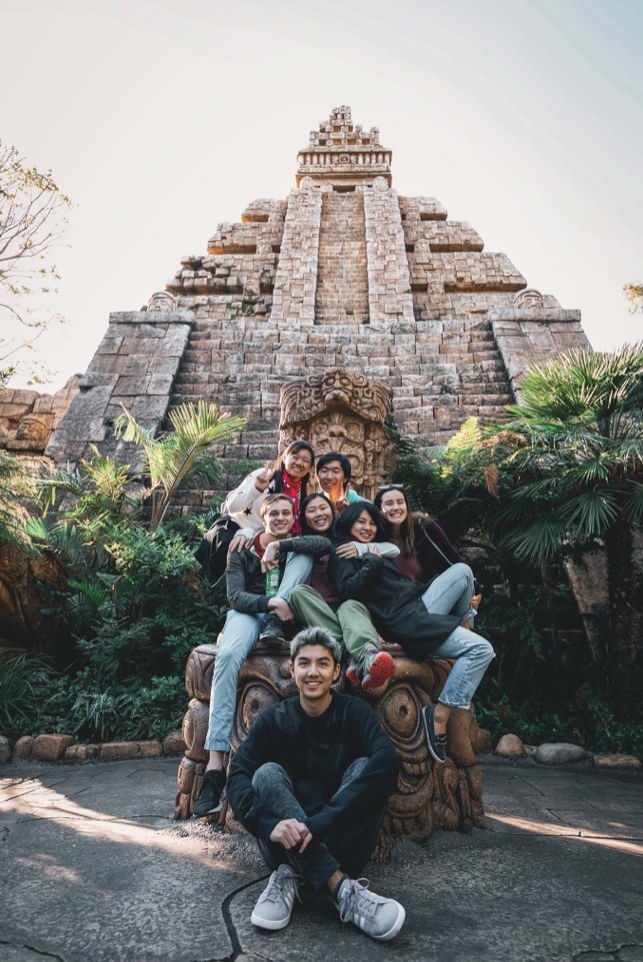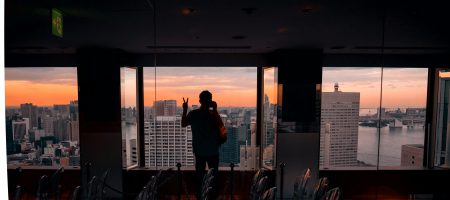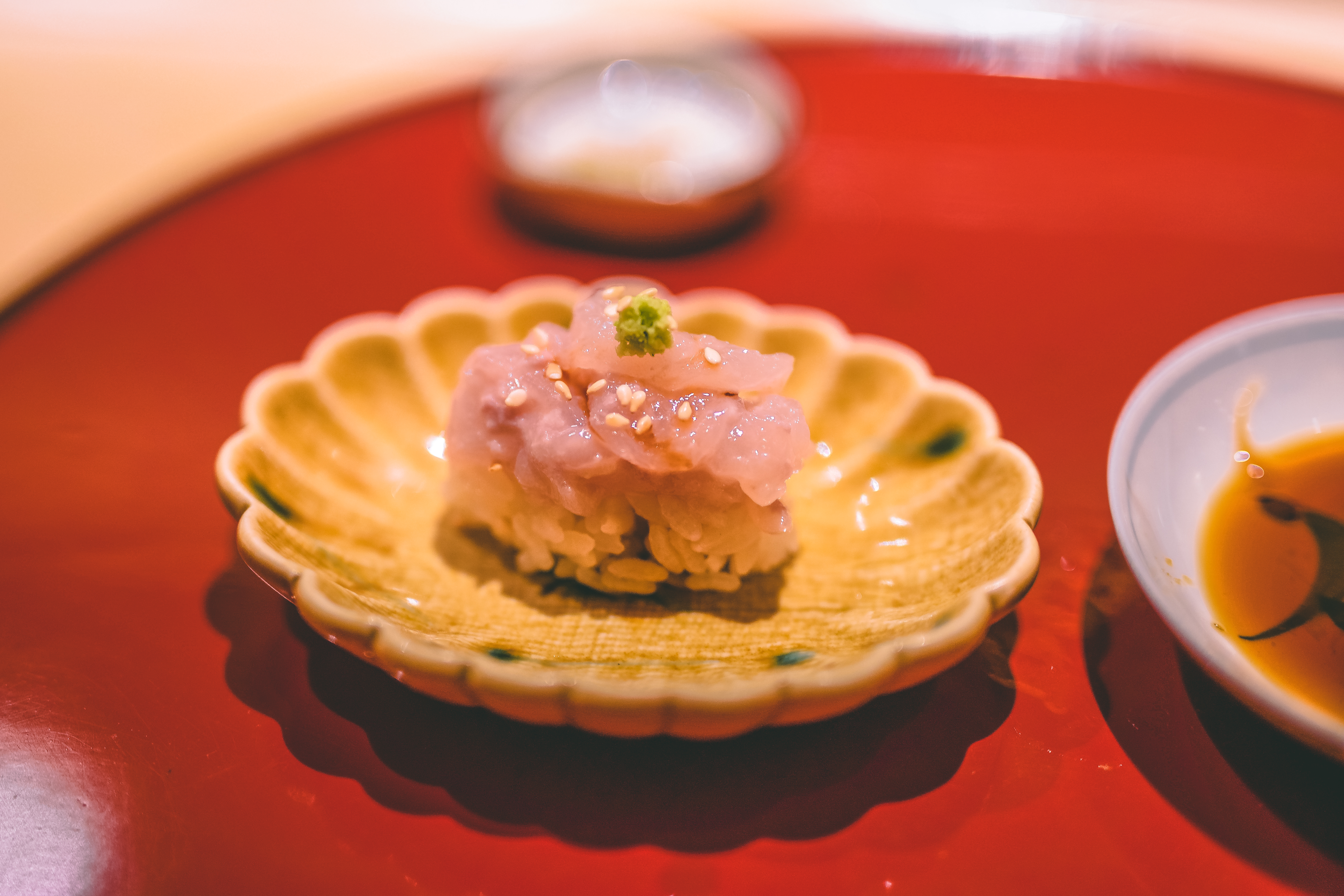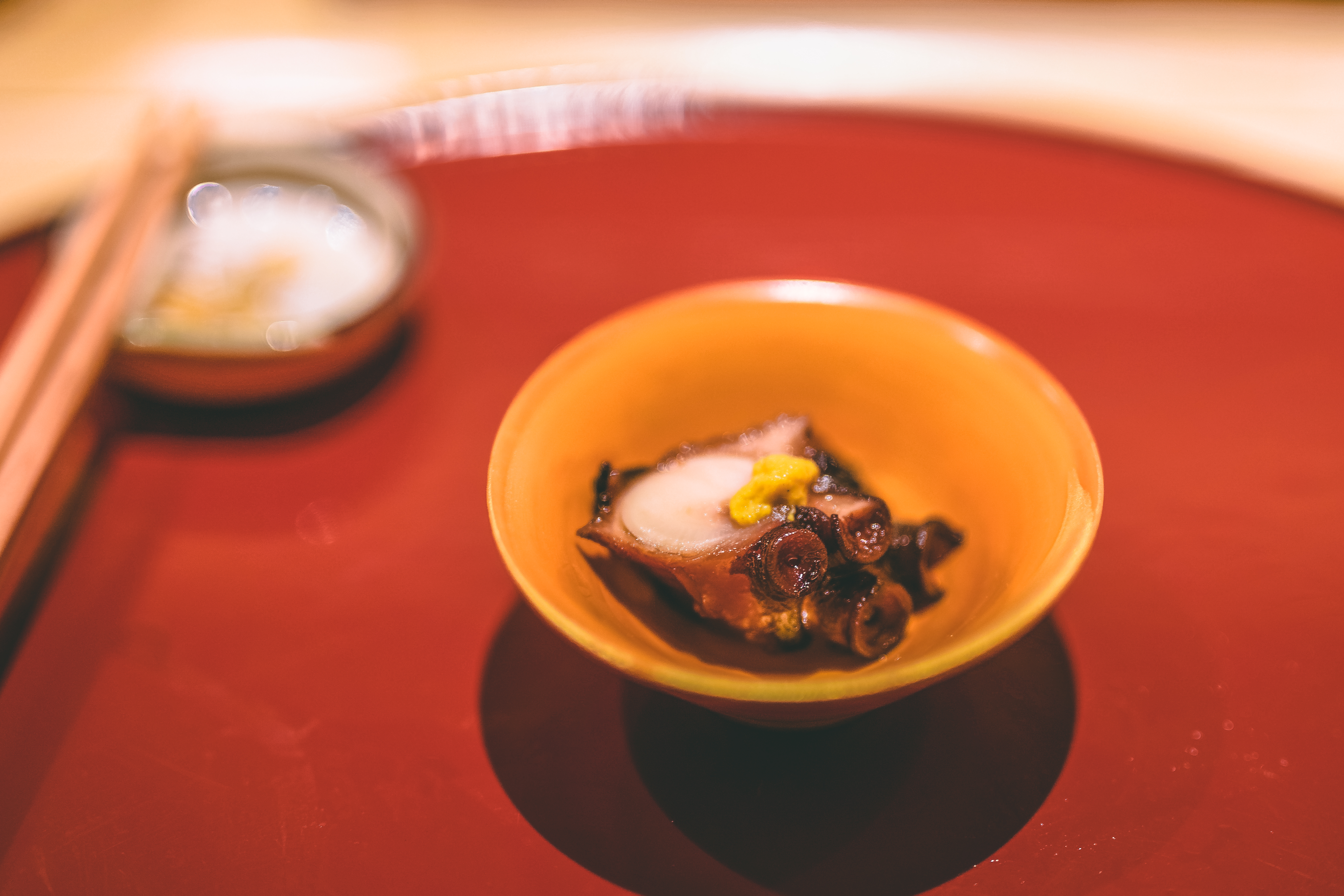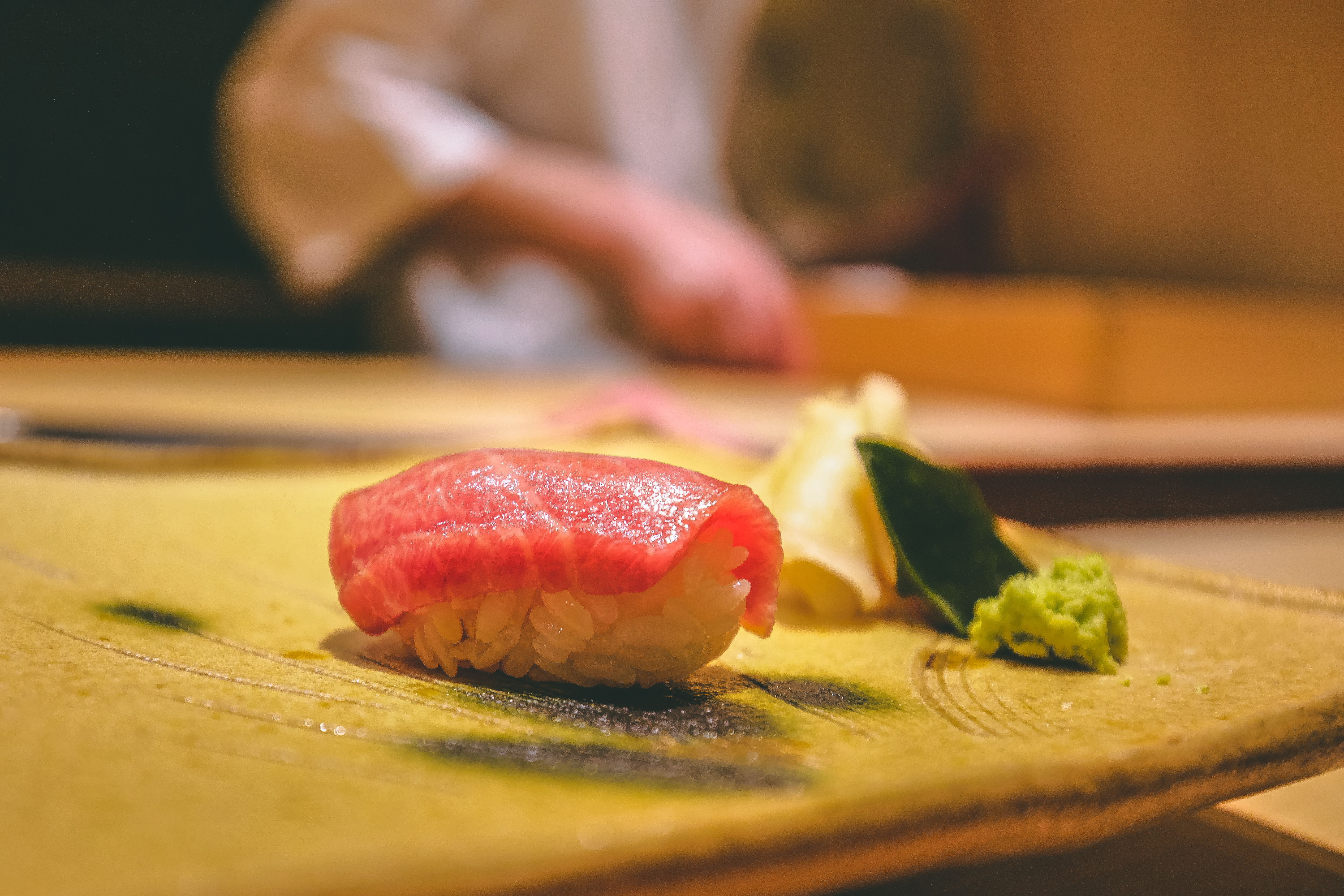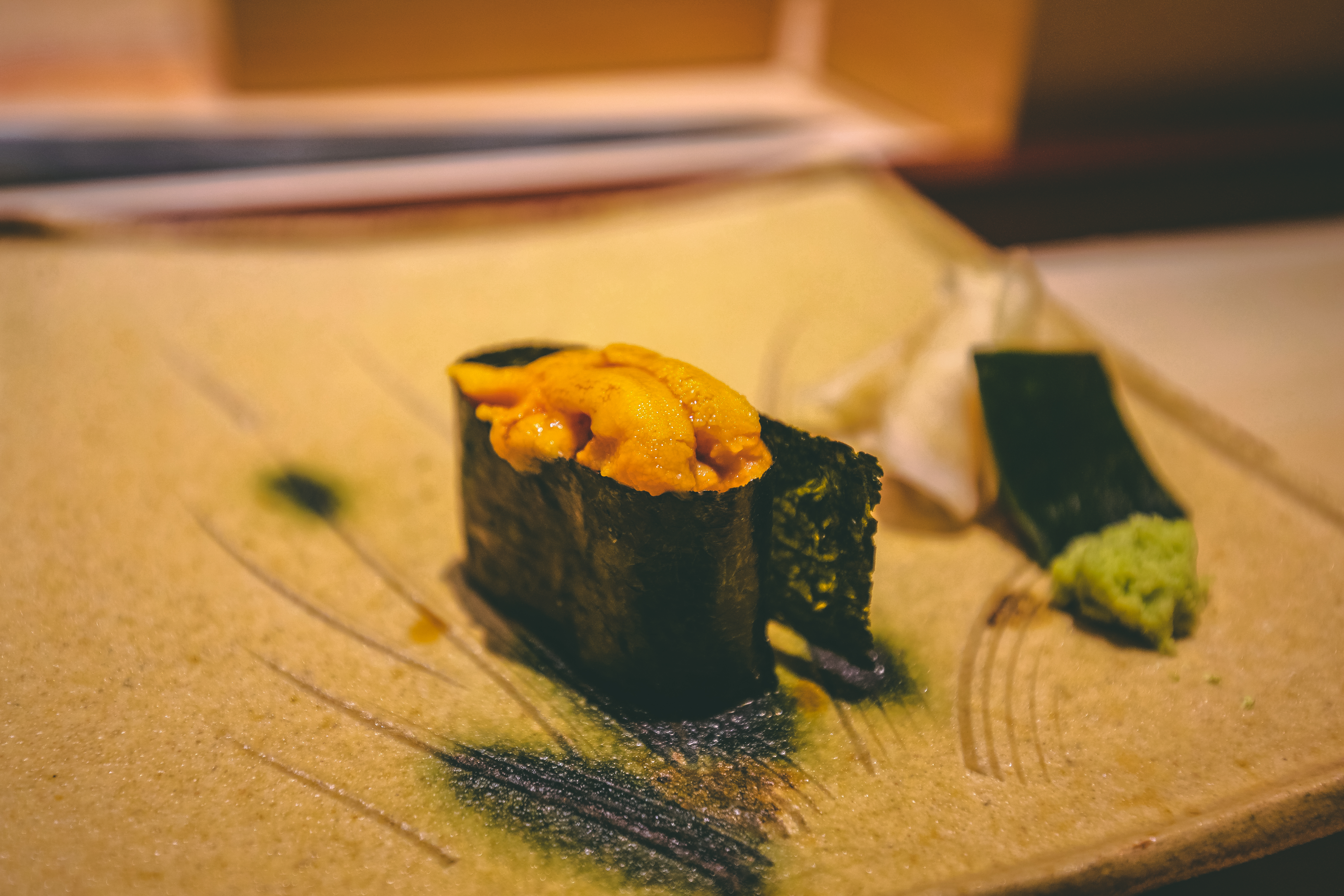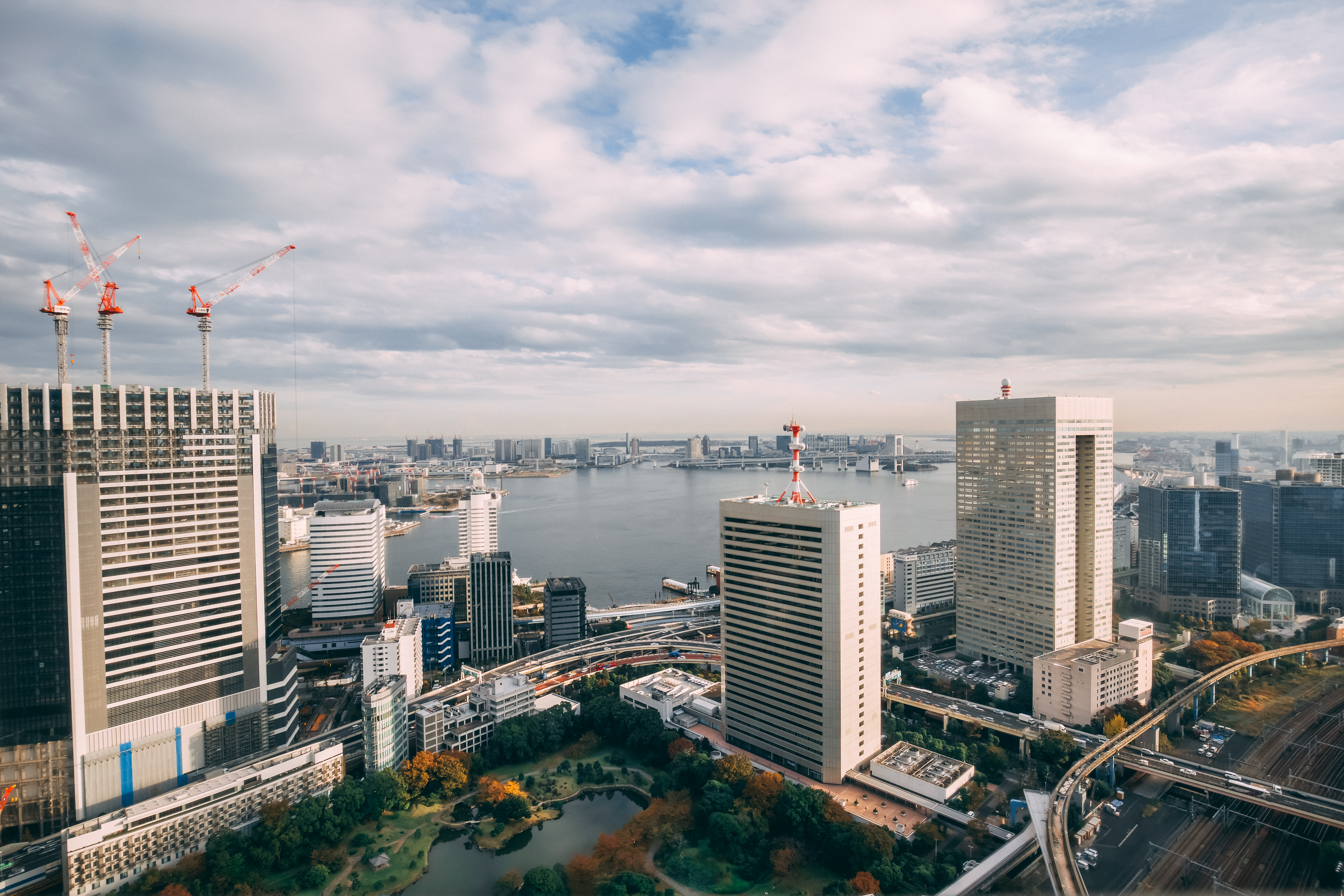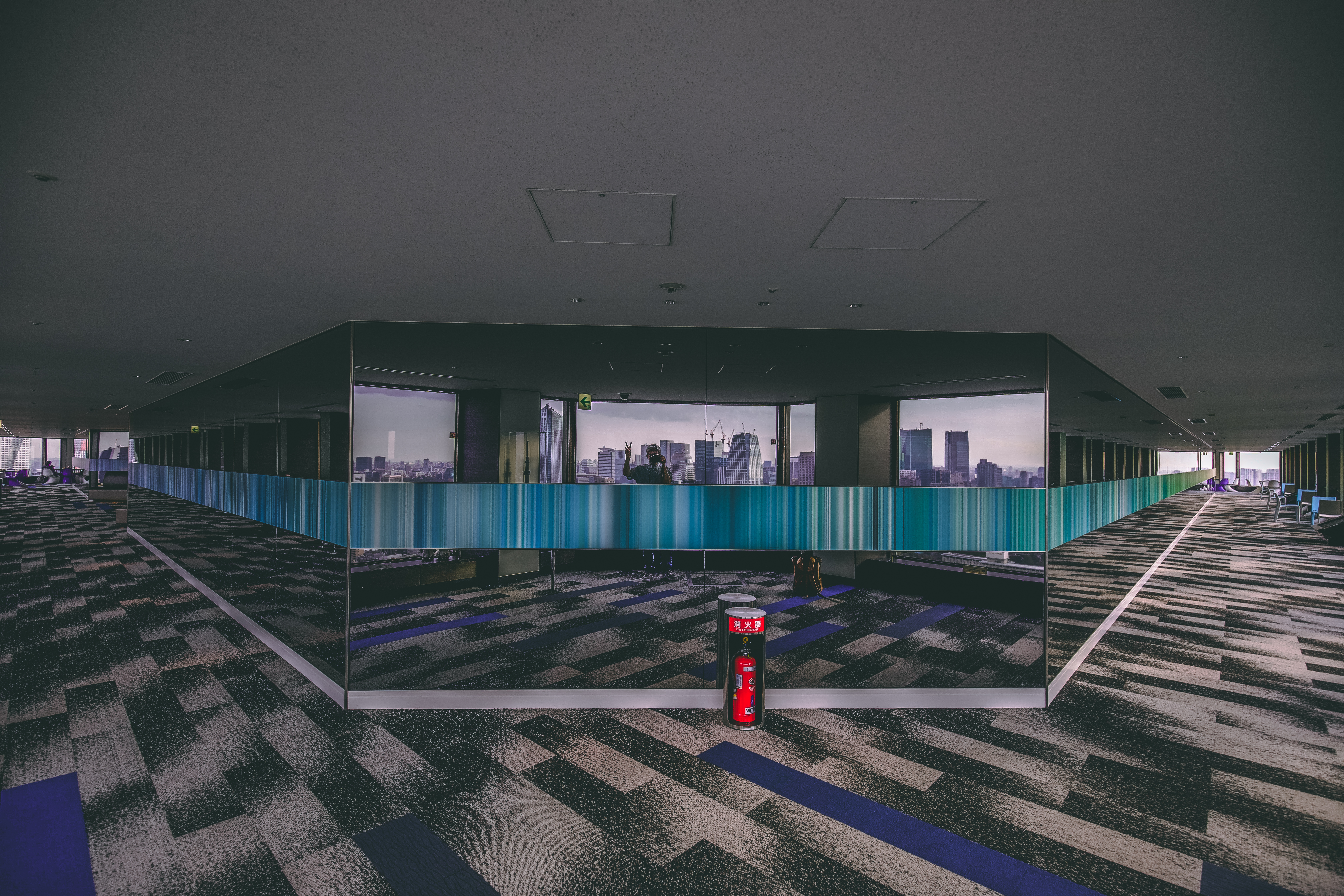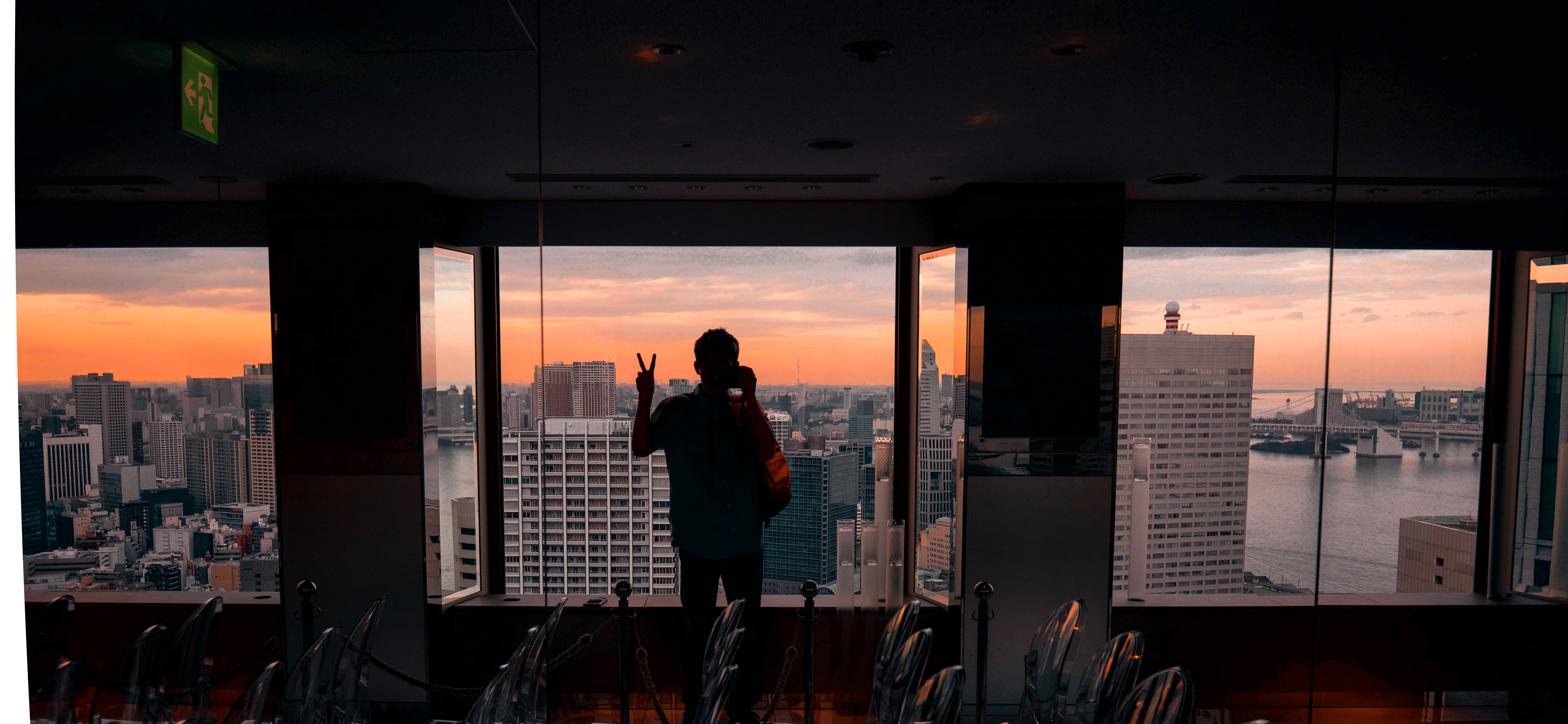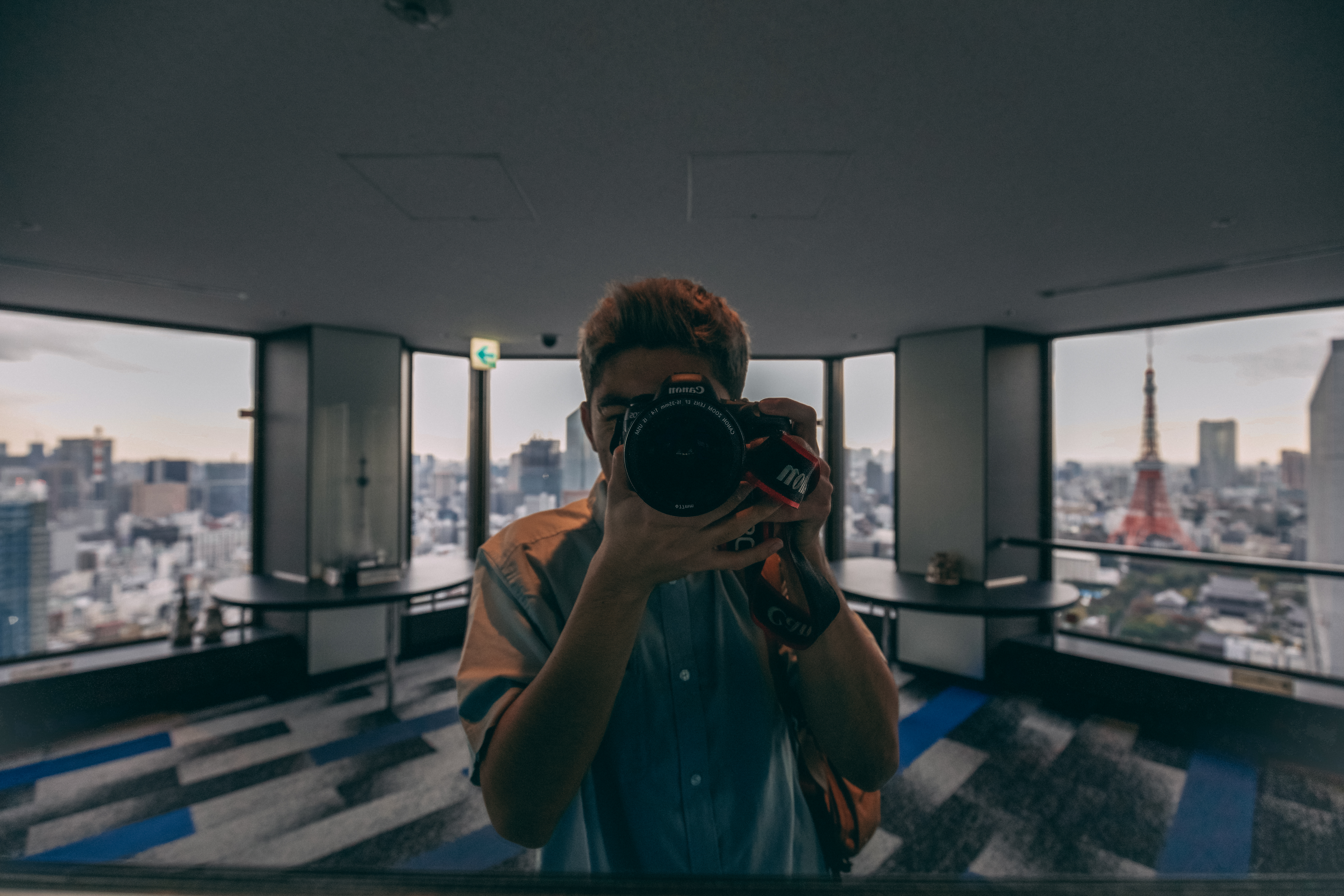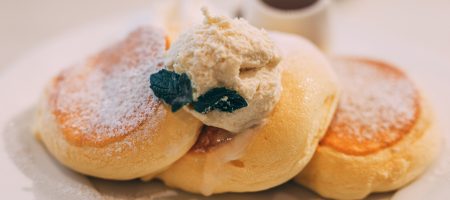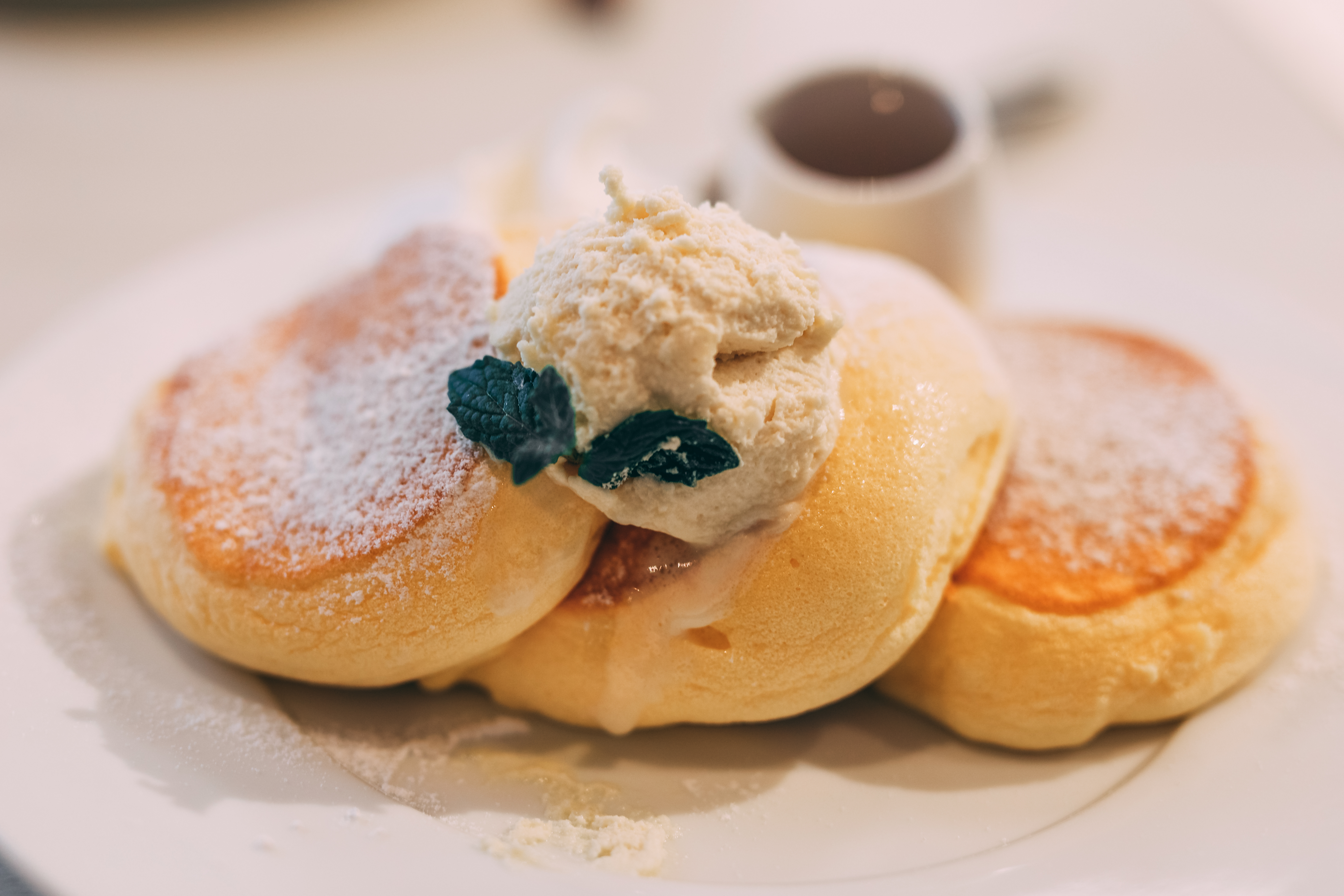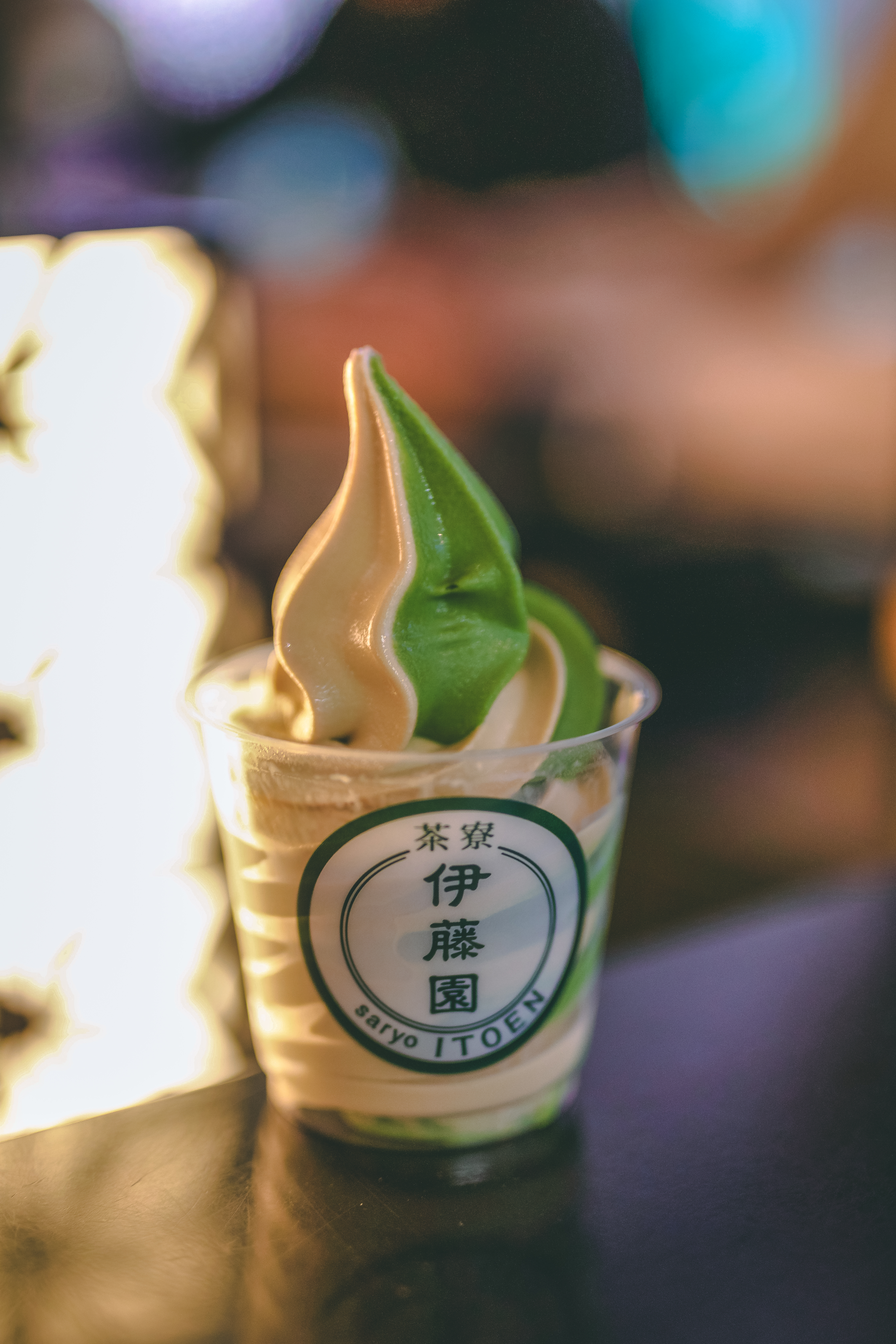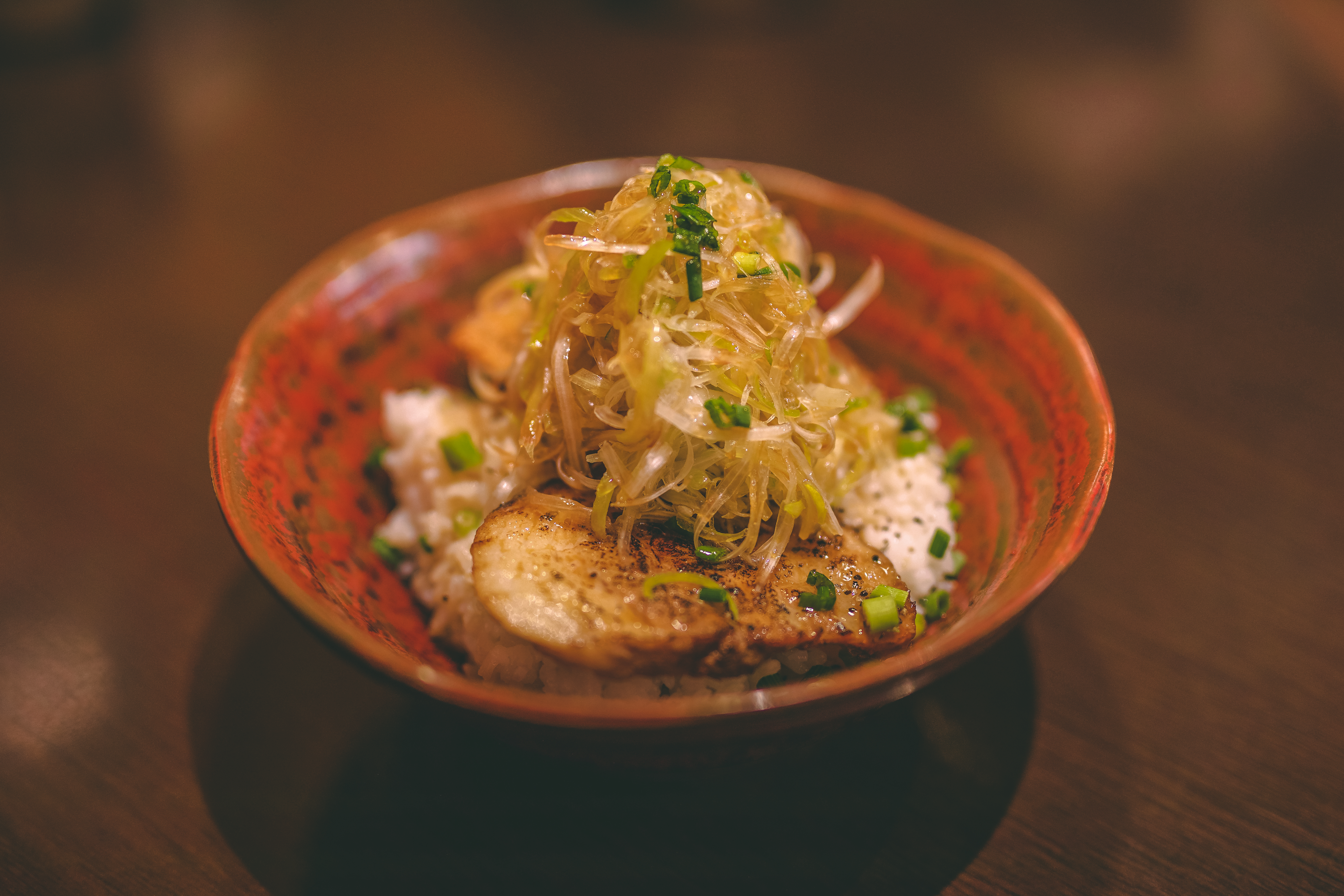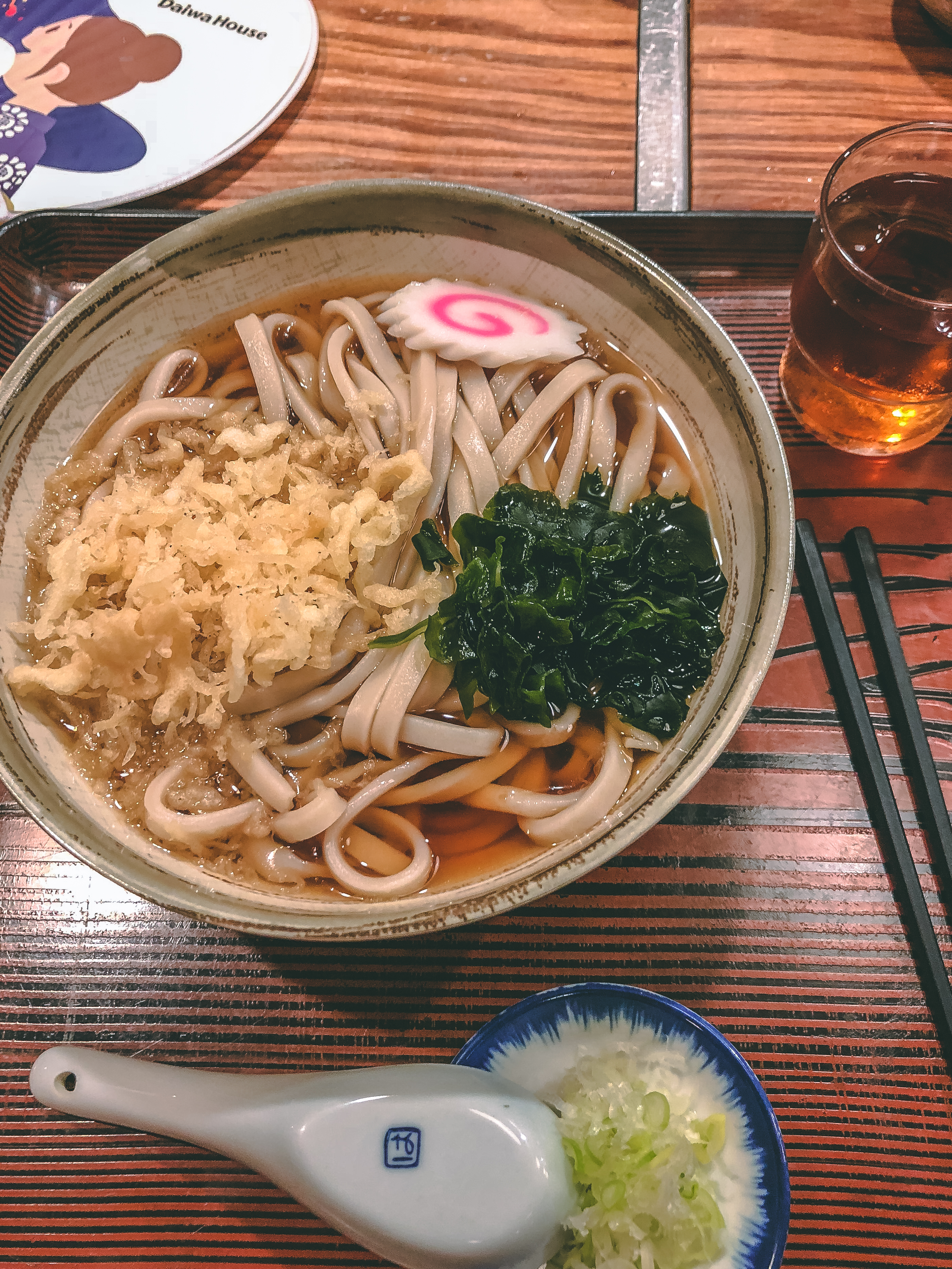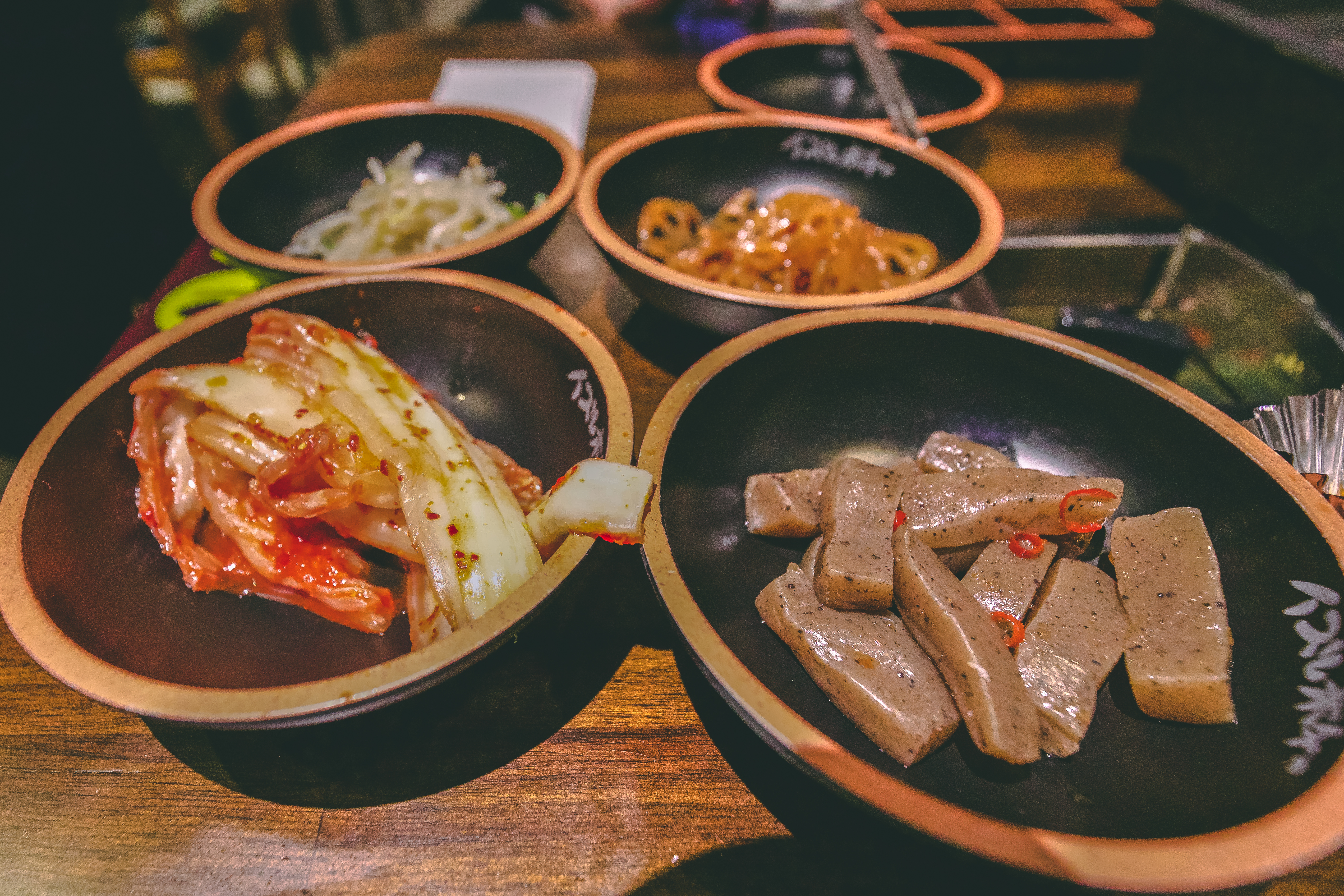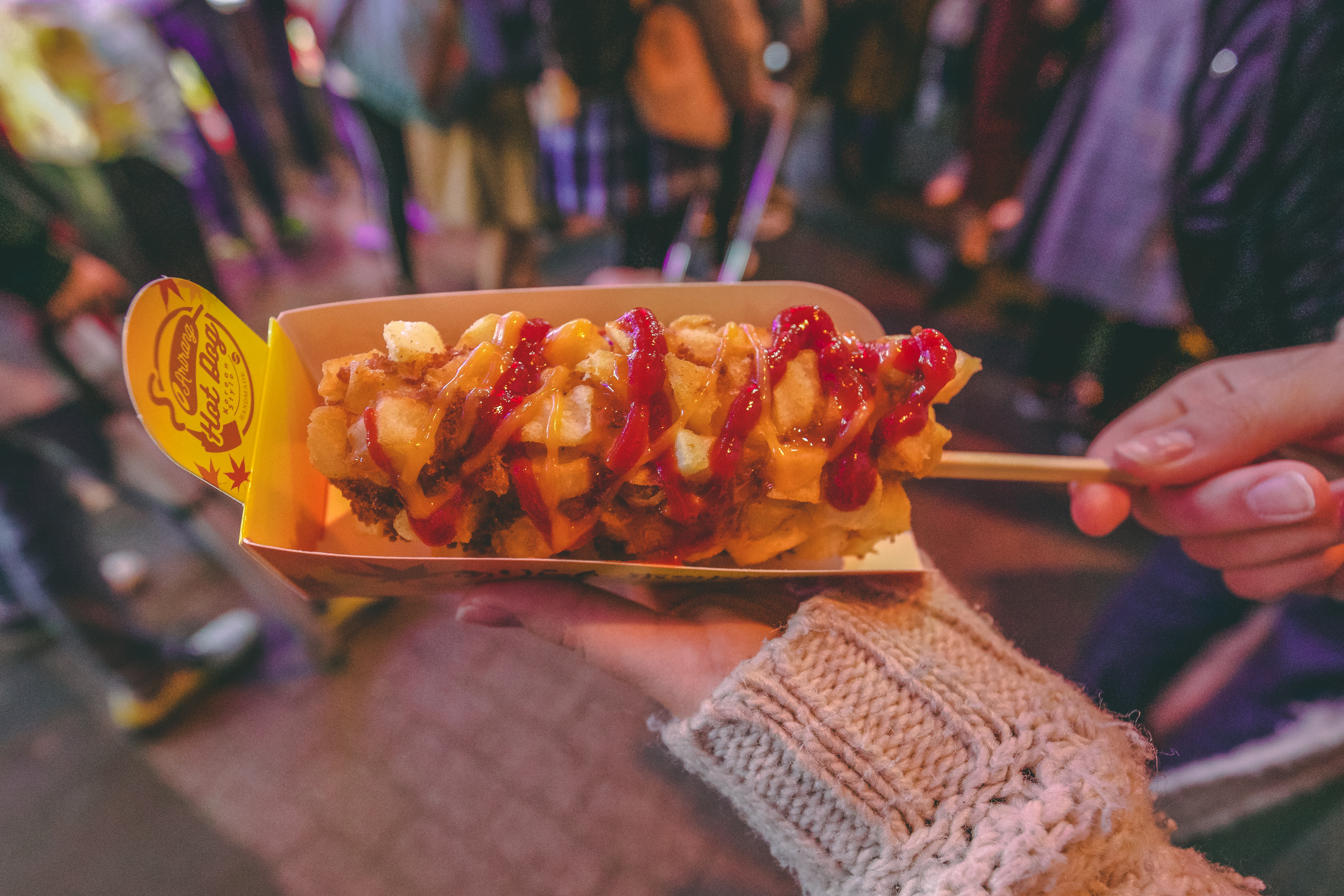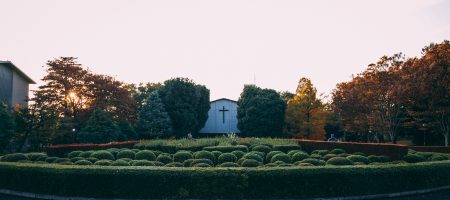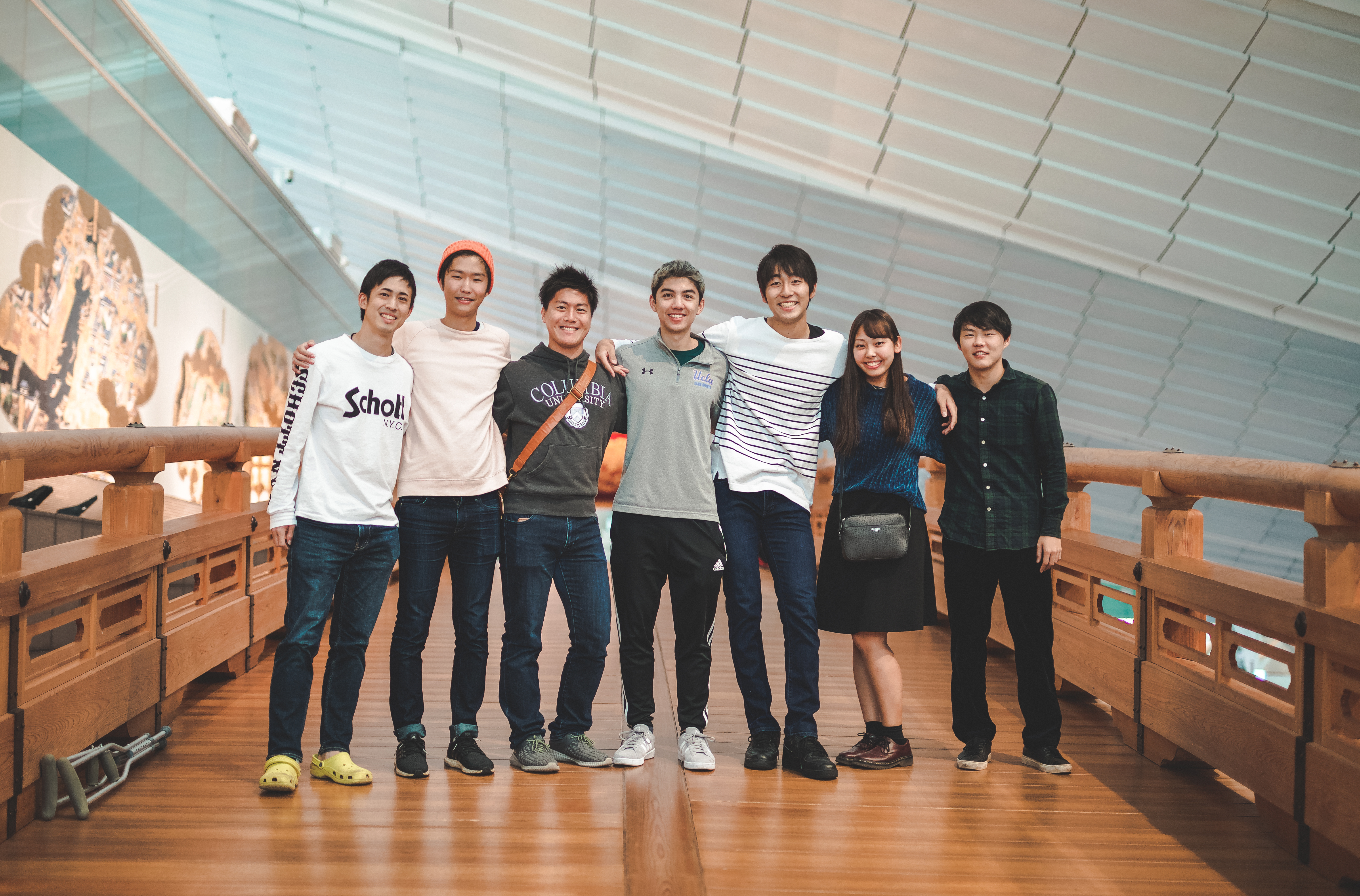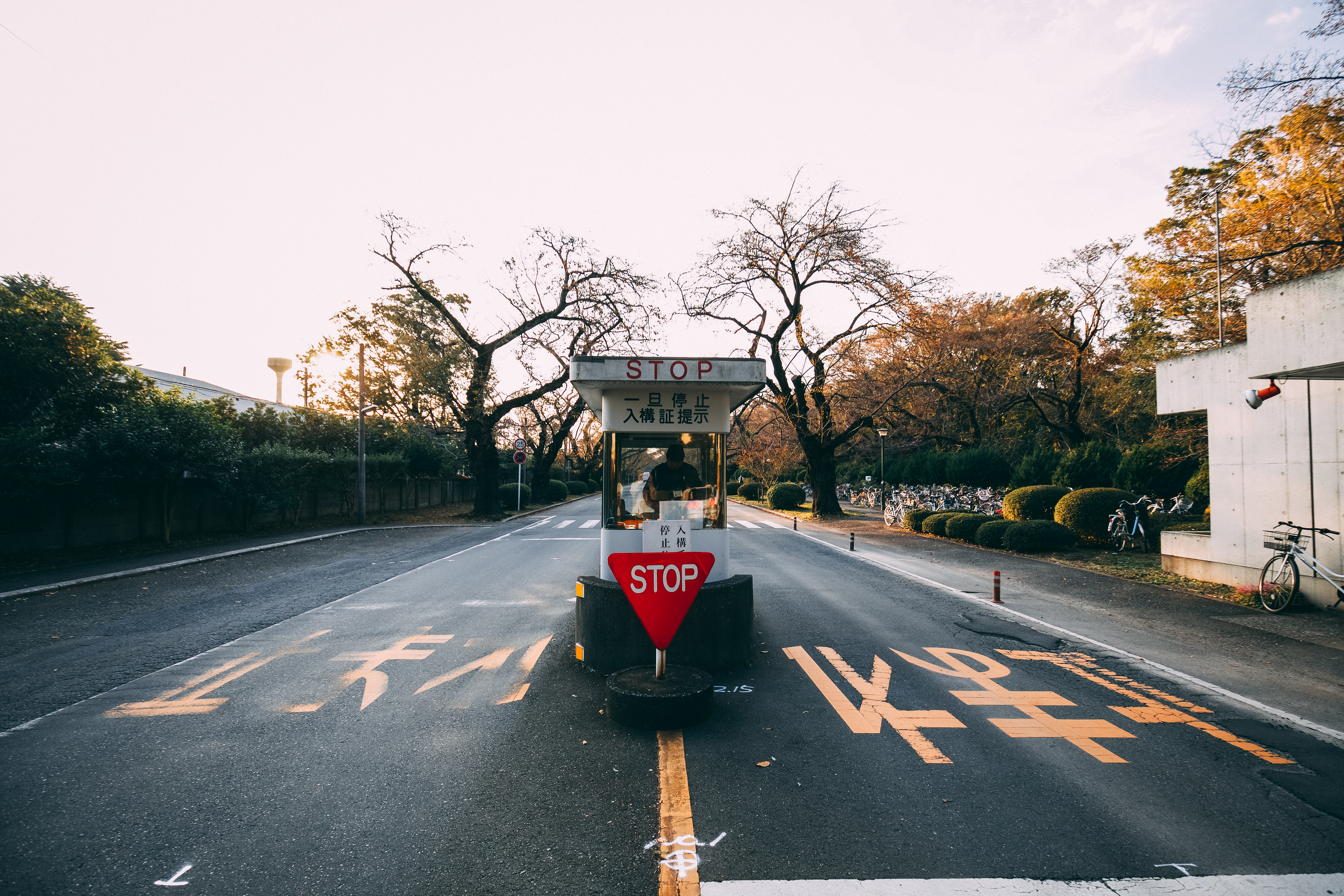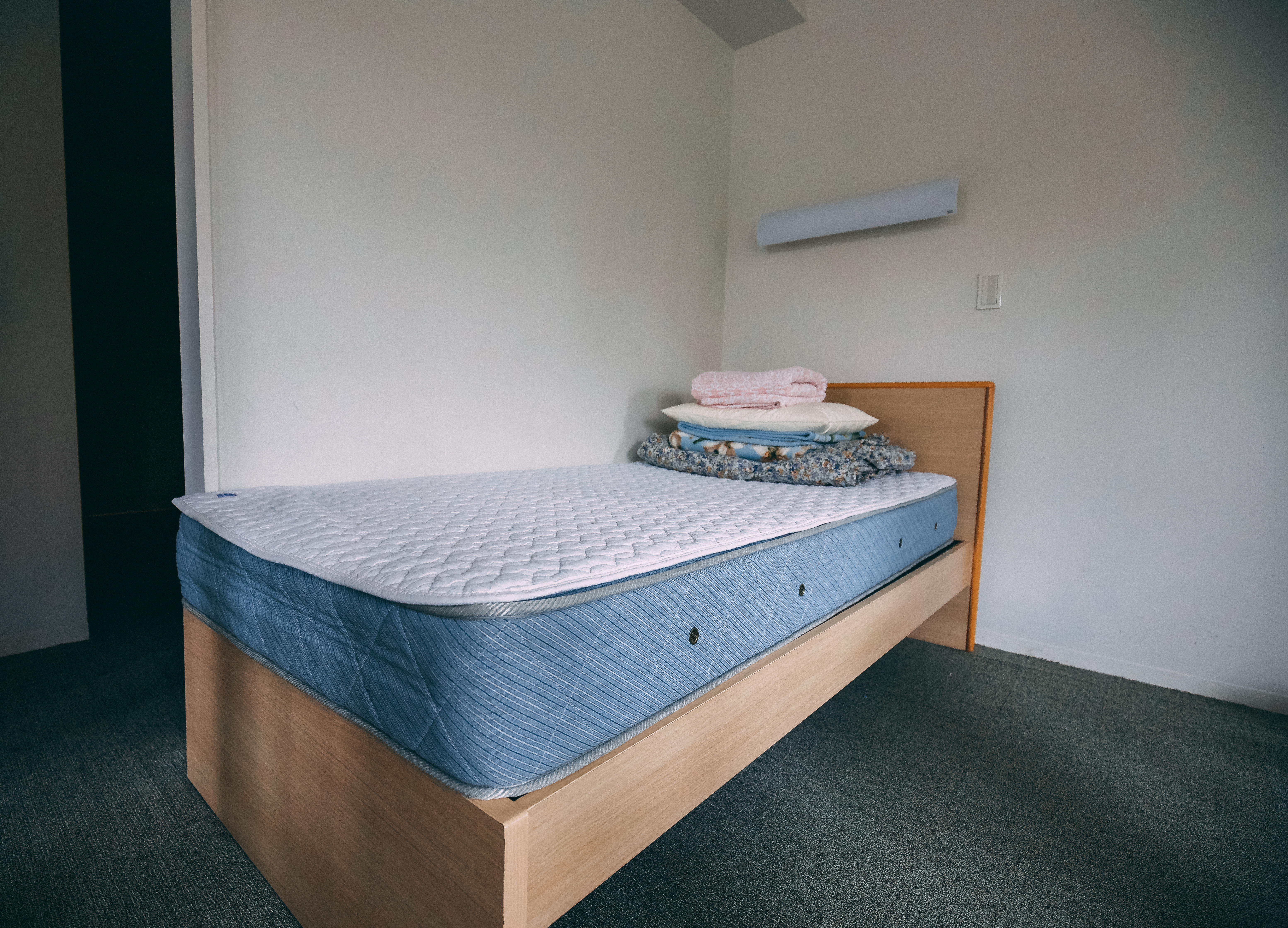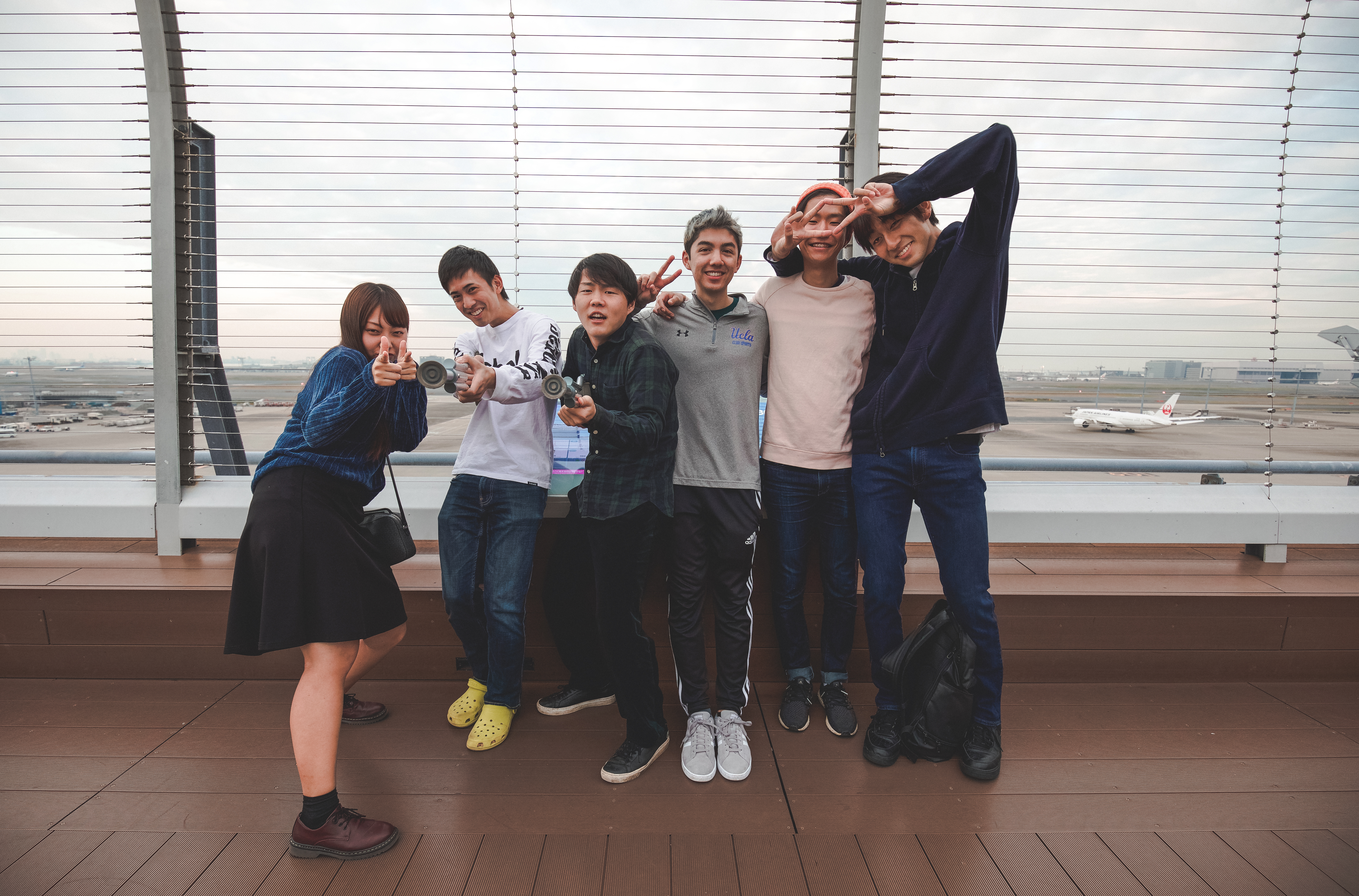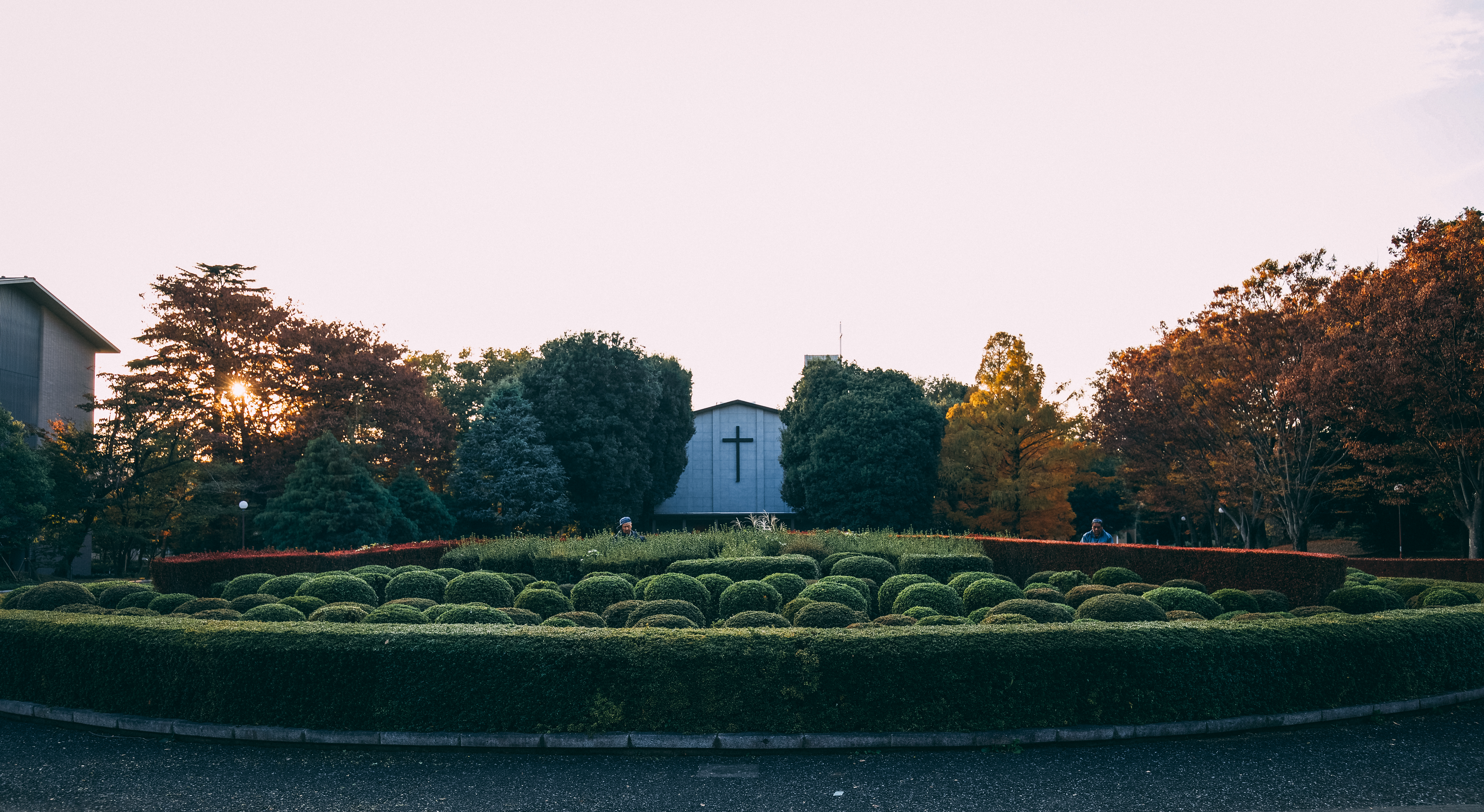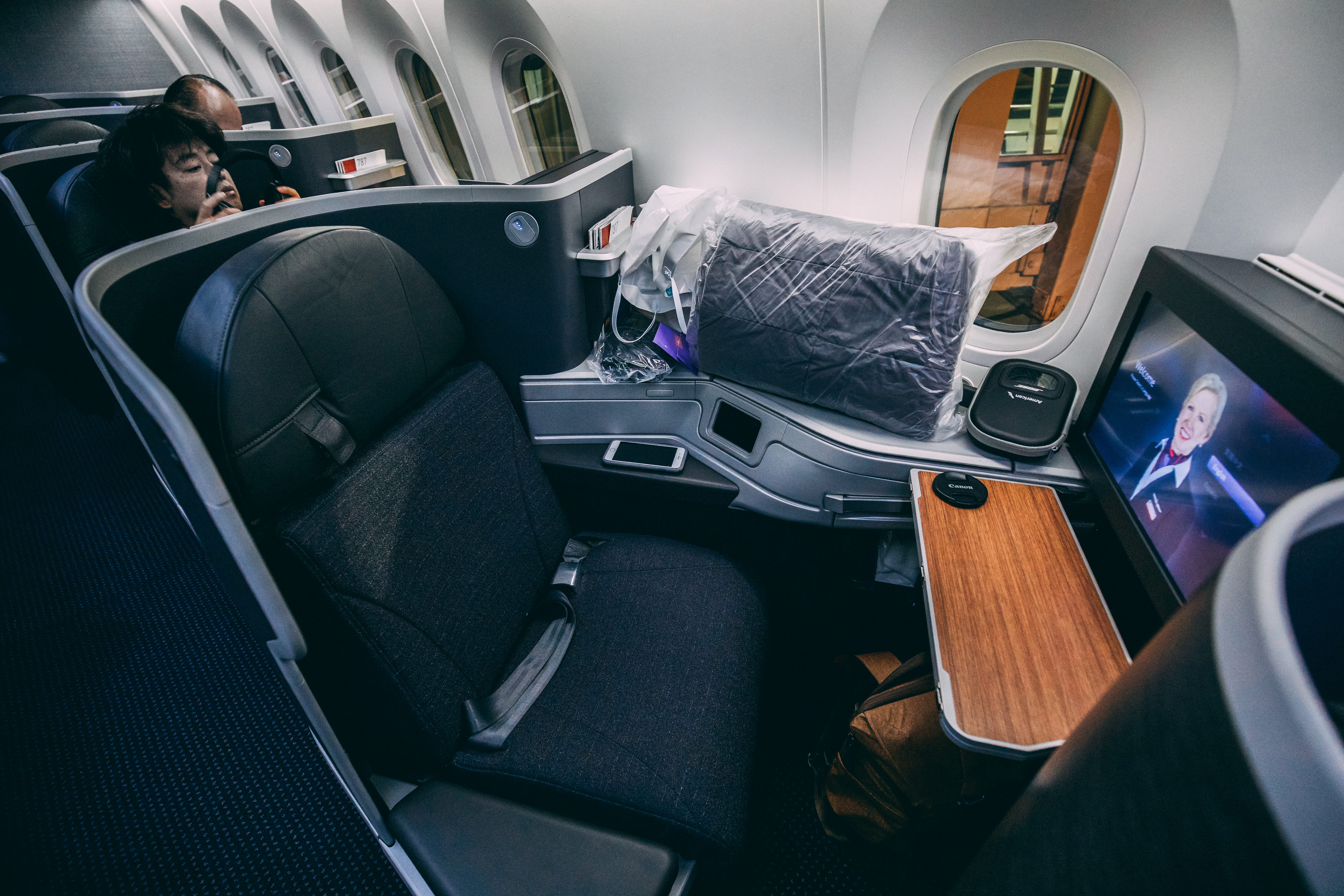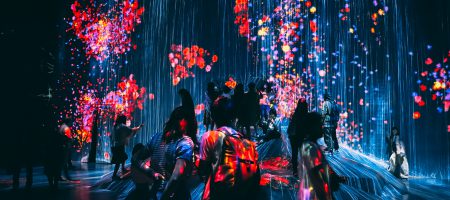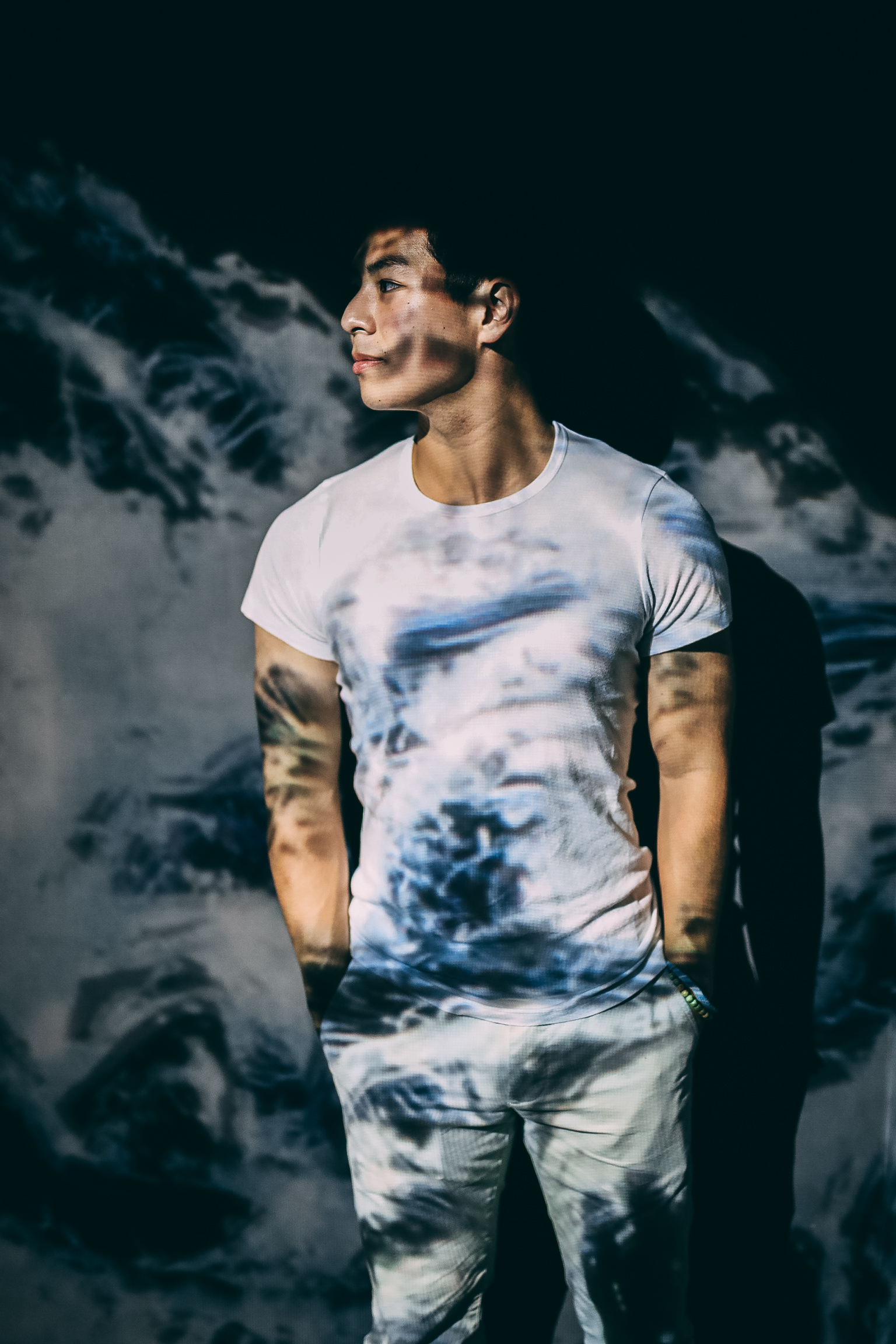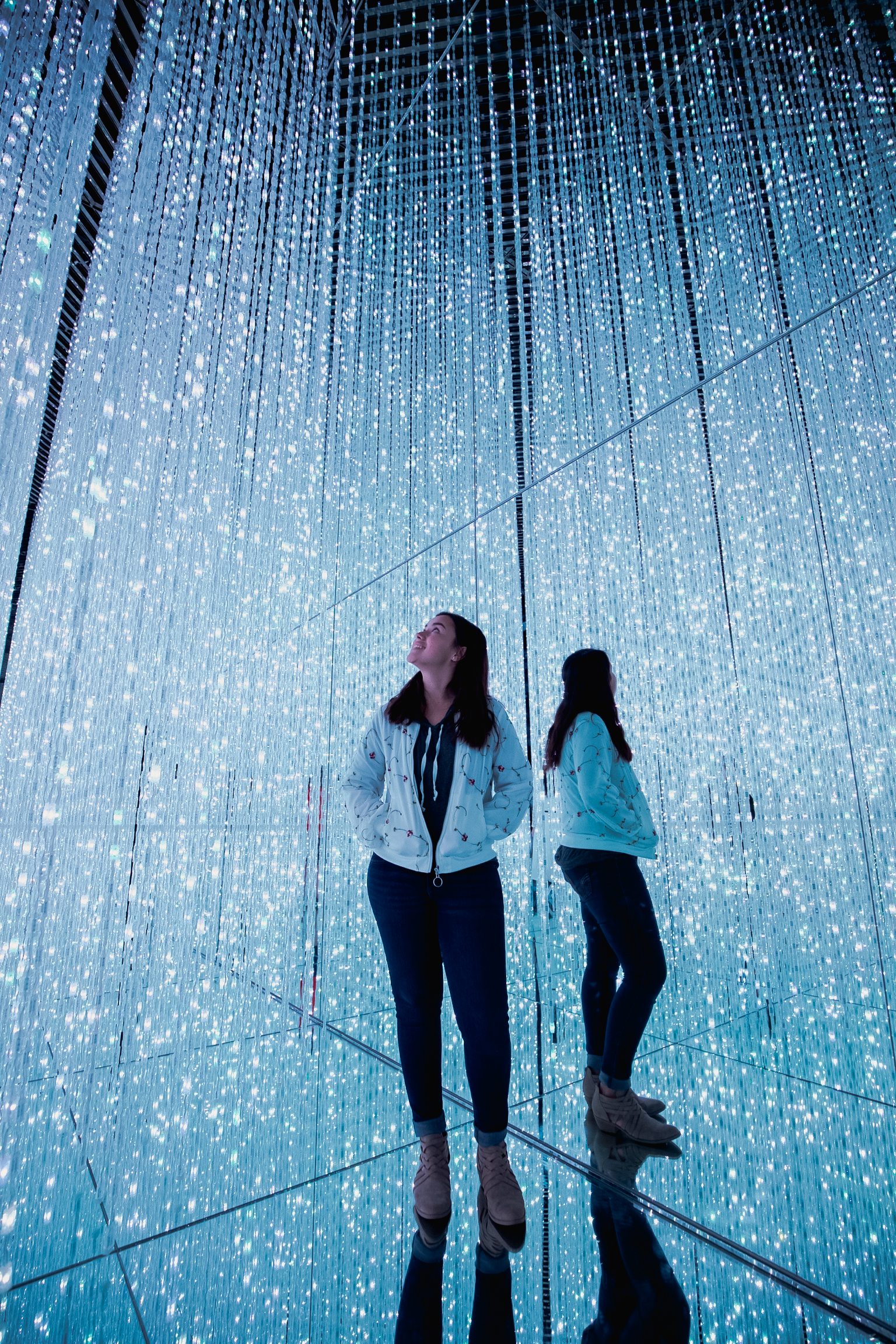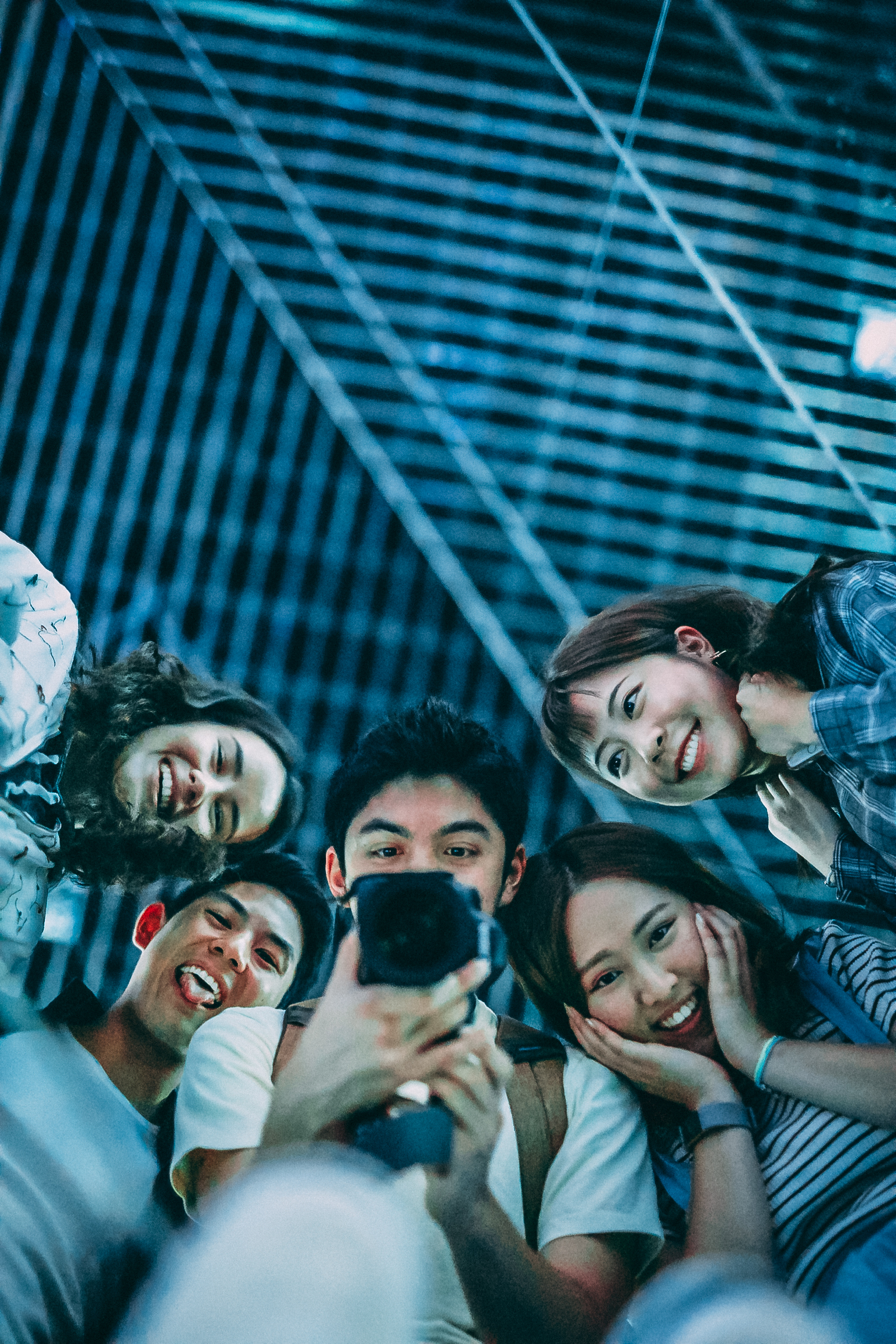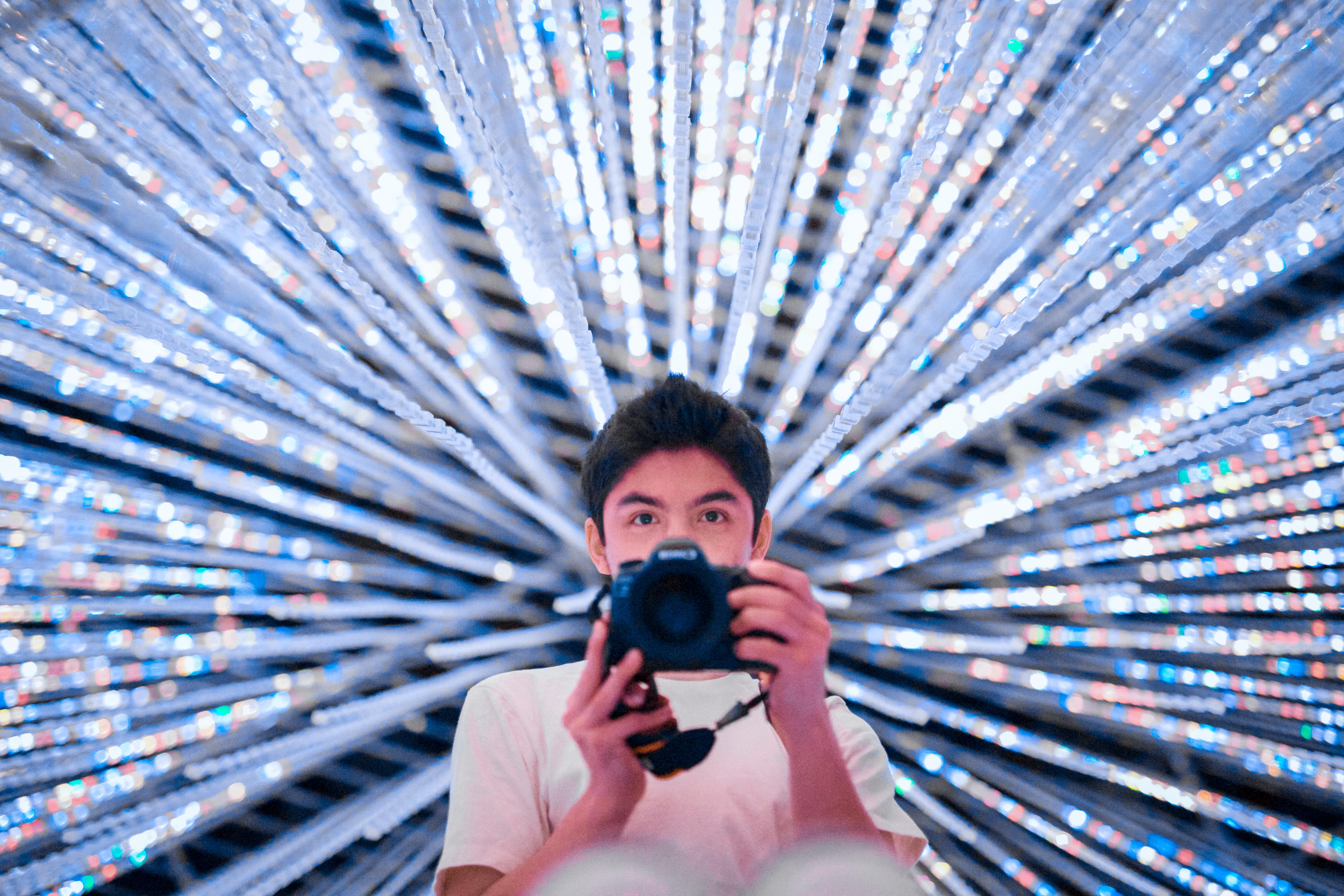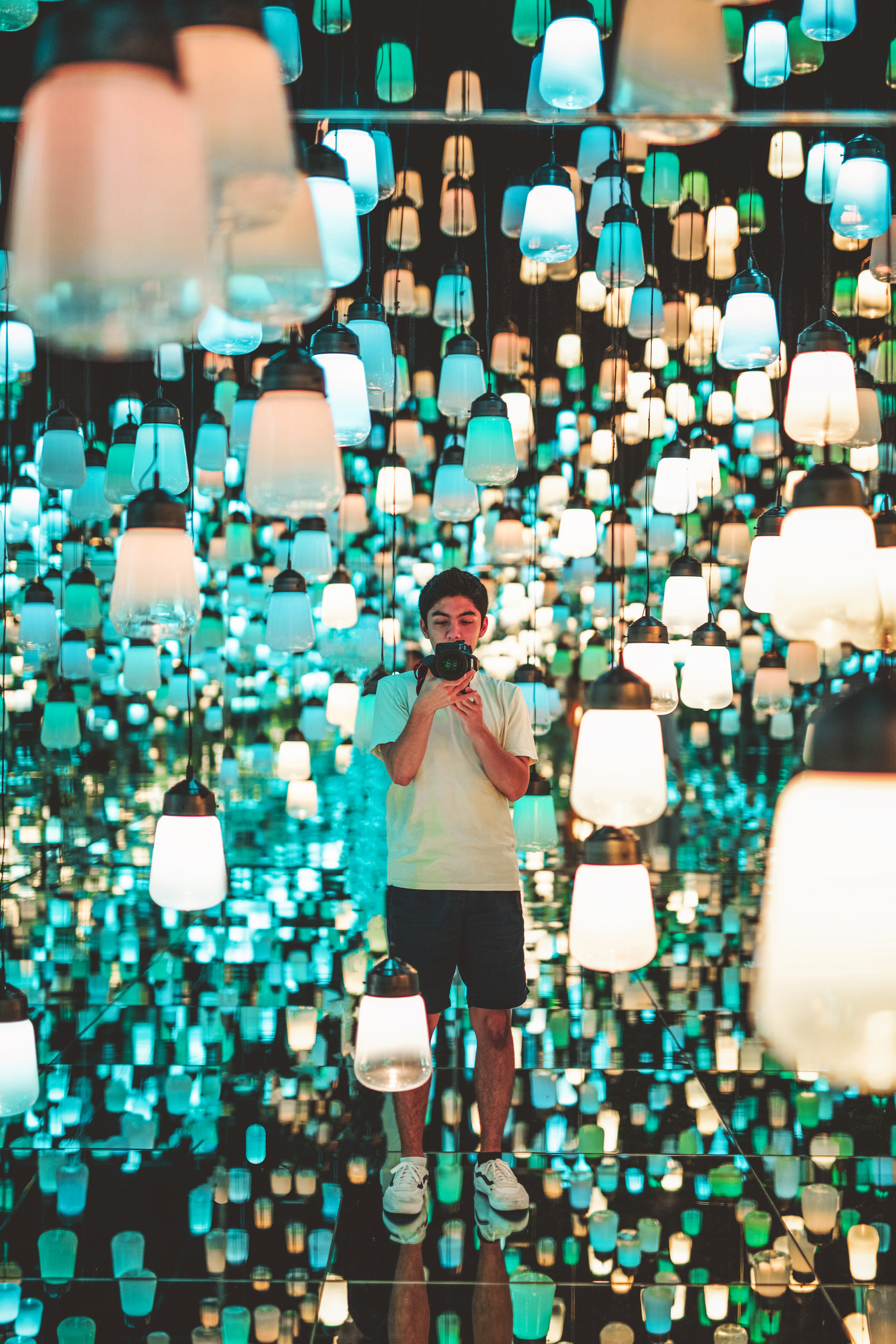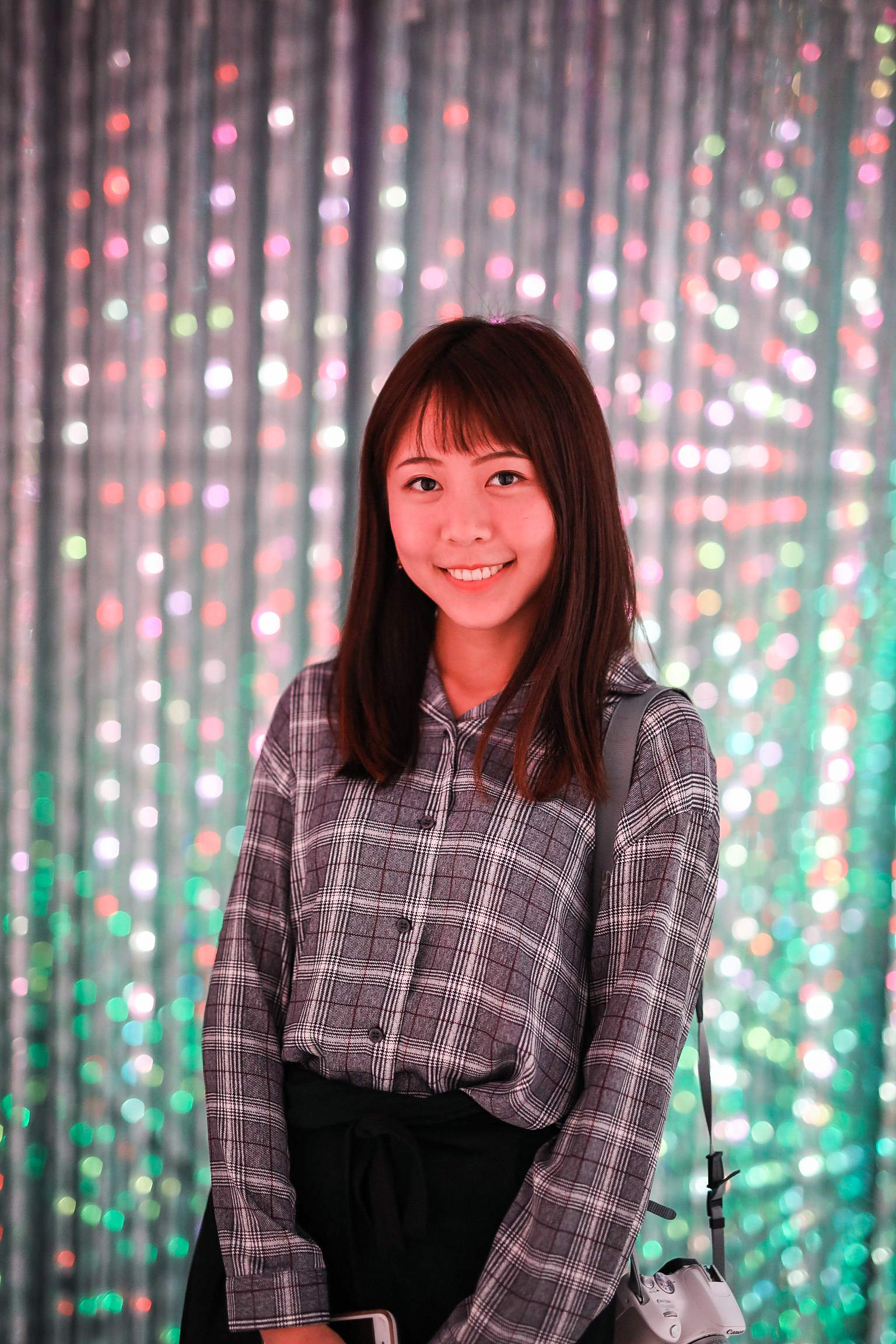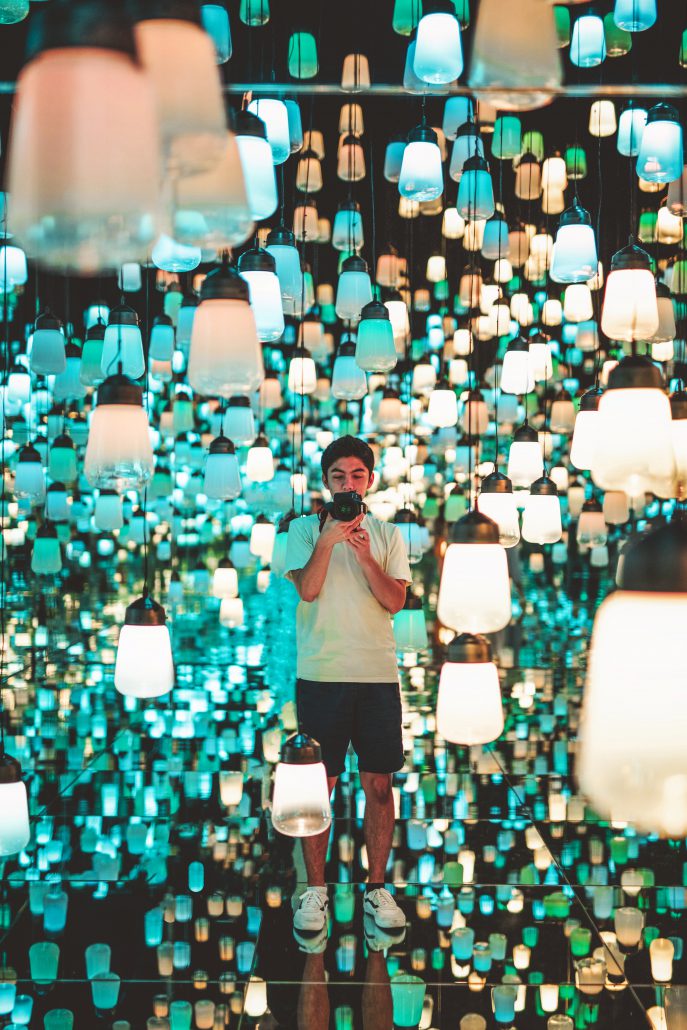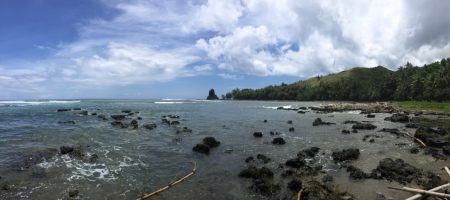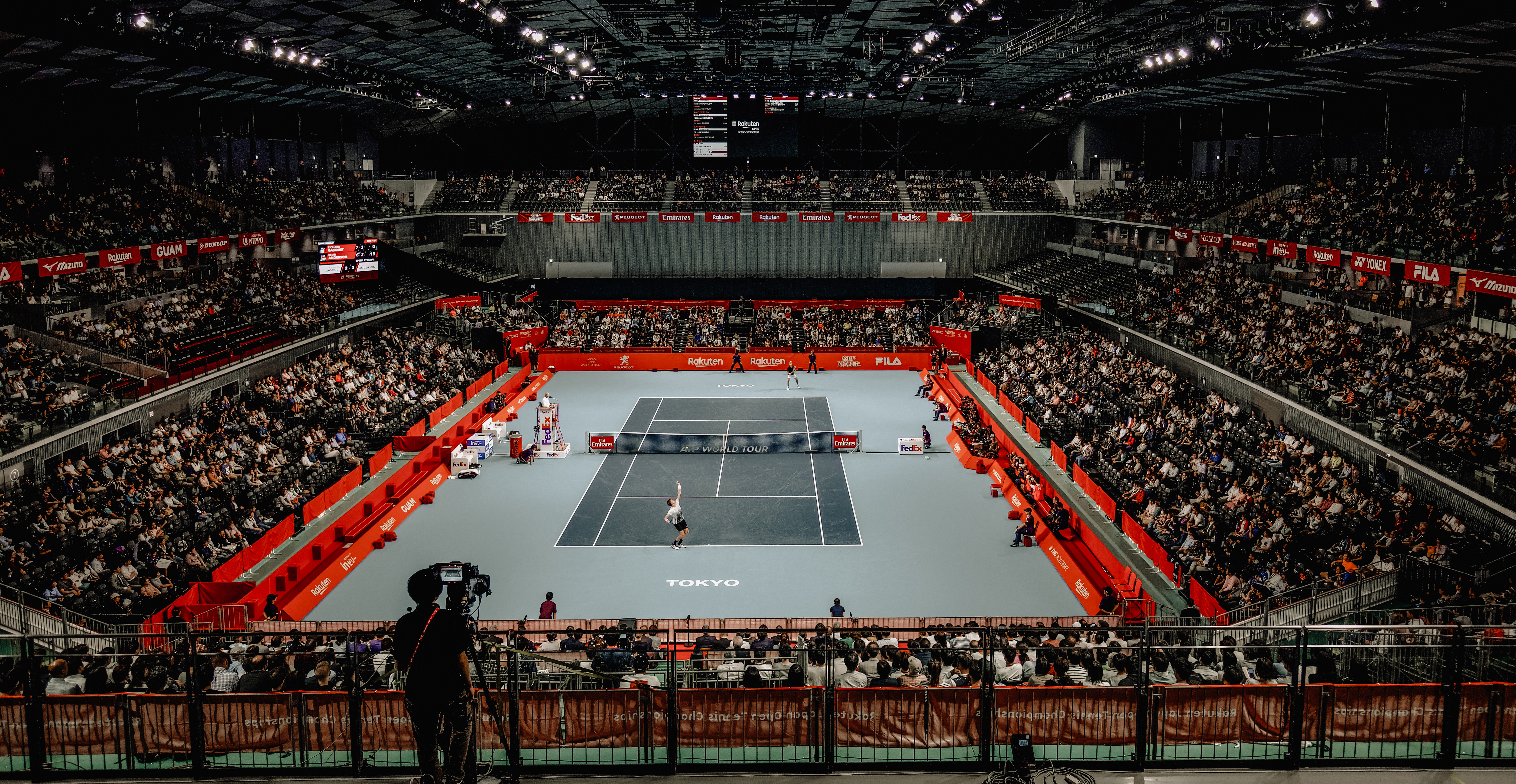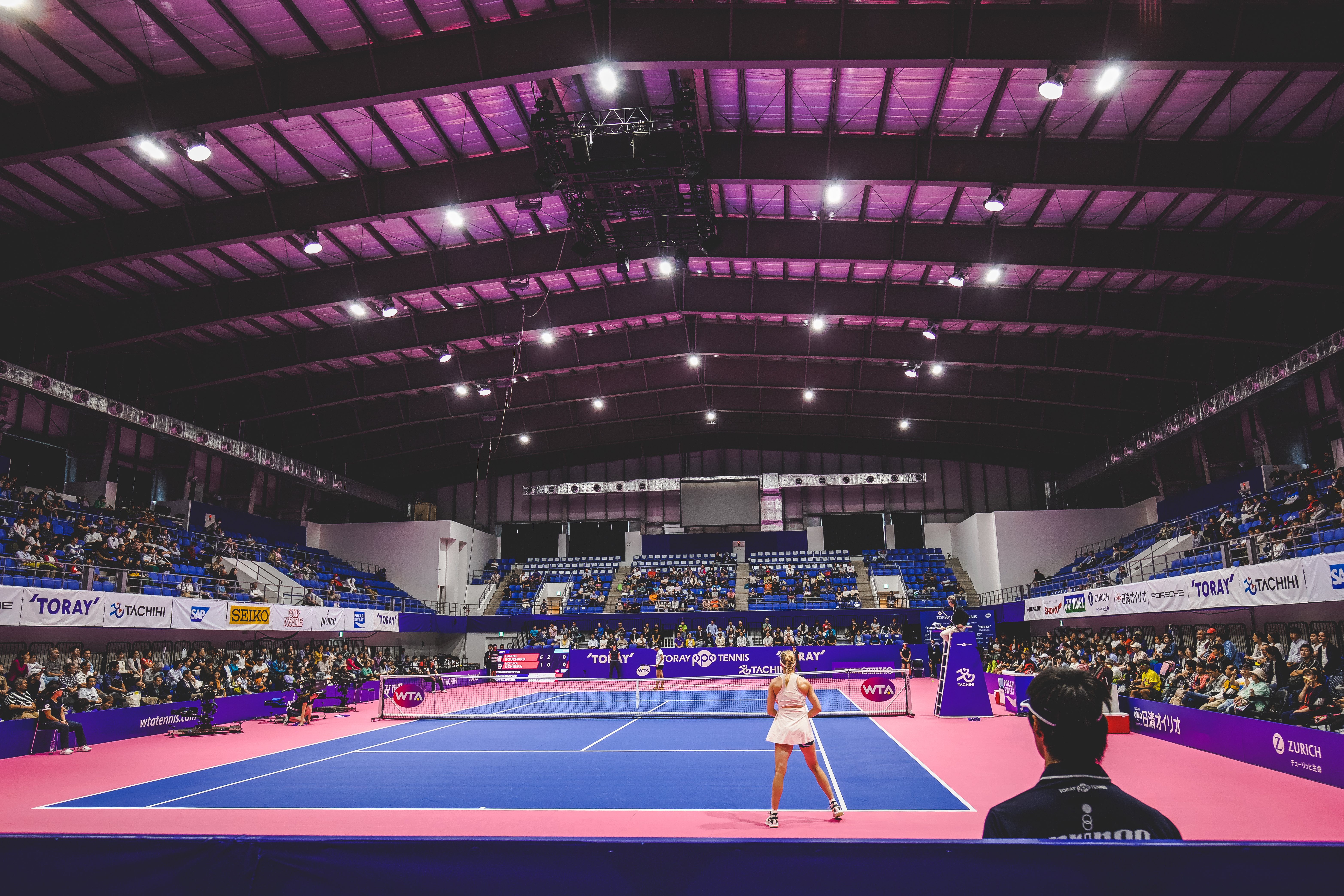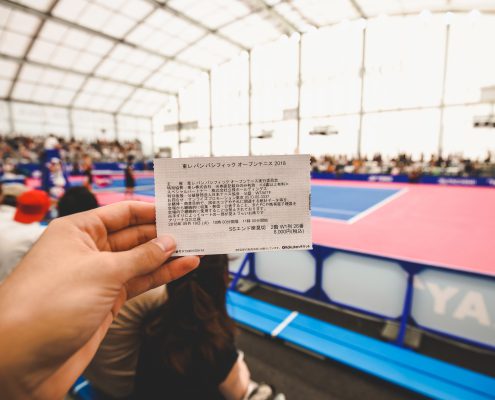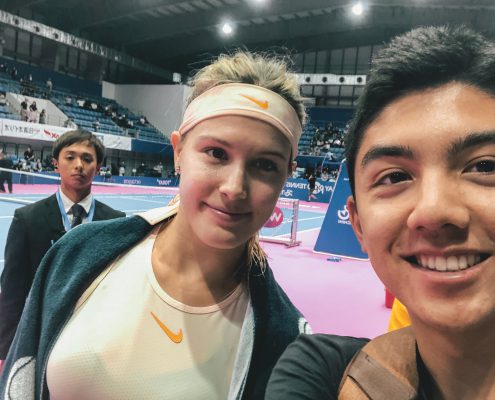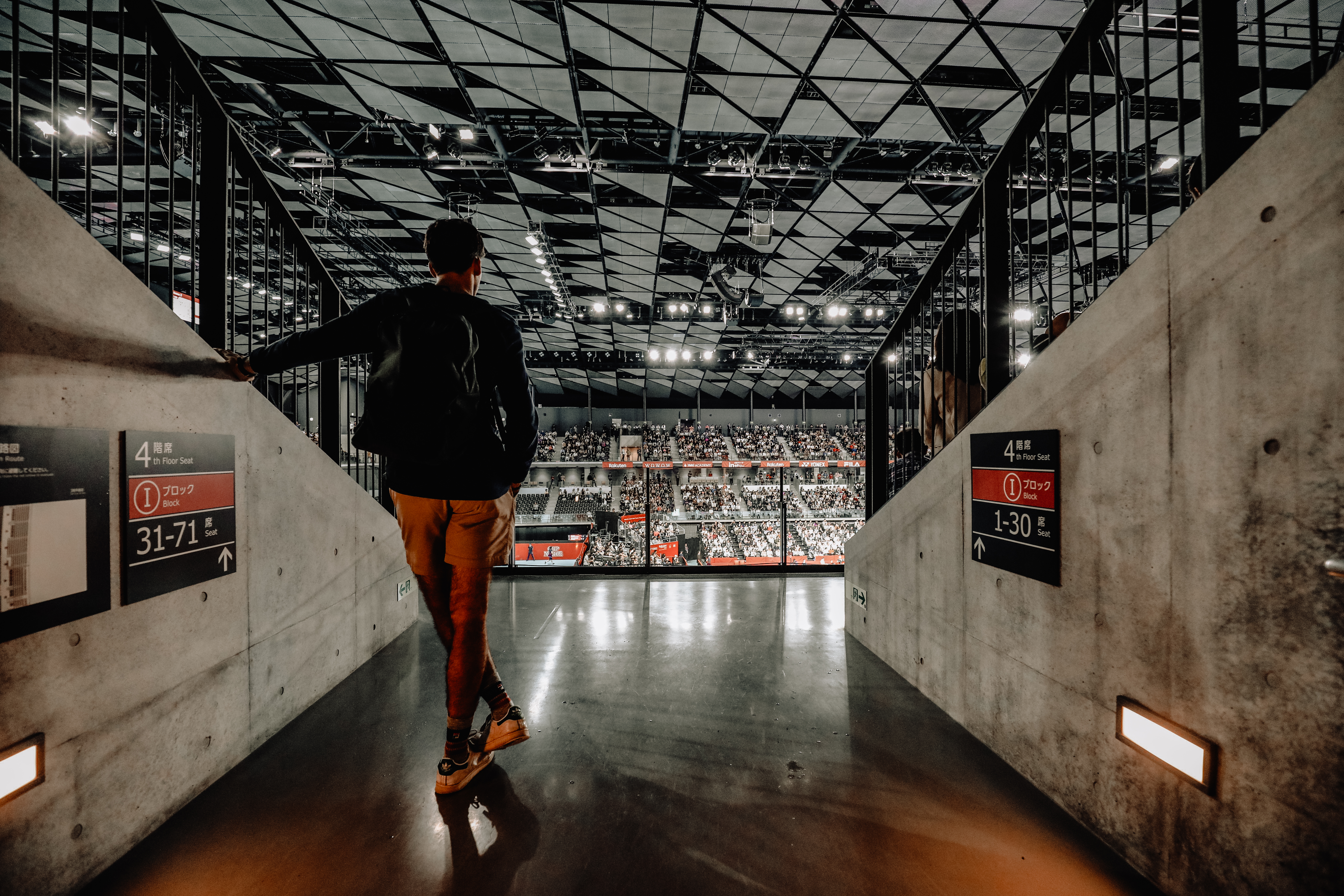Japan | Day Trips
BY MACKENZIE LORKIS
One of the best things about Kyoto is that it’s right in the middle of the Kansai region, with easy access to many of Japan’s most notable landmarks. While there are countless things to do in Kyoto, it’s exciting to explore the different cities of Japan. Here are a few of my favorite day trips that I’ve taken so far:
- Osaka
Only 45 minutes away from central Kyoto by train, Osaka is a huge city with countless things to do. Immediately upon my arrival in Osaka, all I could think of is New York City. There are stores everywhere you look, incredible street food, and neon lights on every sign. Additionally, Osaka has loads of fun activities, including the Kaiyukan aquarium, which is one of the best in the world, its own baseball team, and Osaka Castle! Osaka is also widely known for its food scene, and I can confirm, its worth trying. Osaka okonomiyaki changed my life, but that may just be because I waited over an hour in line to get it.
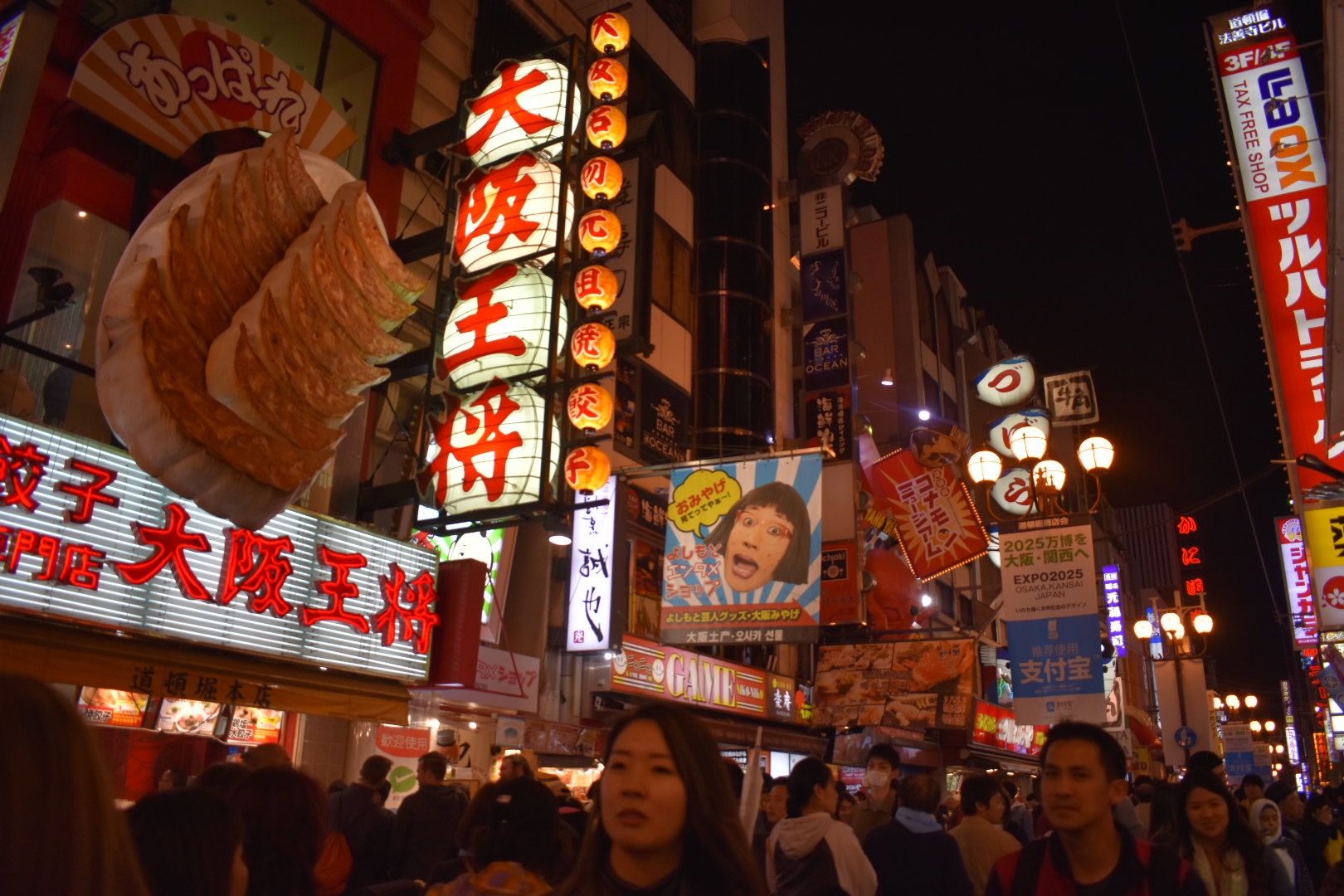
- Kobe
While Kobe, which is about an hour and a half away from Kyoto, is most famous for it’s wagyu beef, there’s plenty of other things to do in the big city. As Kobe is a port town, many foreign merchants set up their homes throughout Kobe. From Chinatown to Kitano-cho, which is known for its American and European-style homes, you can travel all over the world without even leaving Kansai. My favorite Kobe activity is the Kobe Animal Center, which has tons of animals you can get up close to, and sometimes even pet and feed! Finally, you can’t leave Kobe without trying the famous beef. If you go at lunchtime, you can get a nice set meal for a very affordable price: between 1000 and 2500 yen. Trust me, it’s worth it.

- Hikone and Nagahama
Also an hour and a half away, Hikone Castle is one of the few original castles remaining in Japan and definitely worth seeing. Included in the admittance ticket is the Hikone Castle Museum, which was surprisingly incredible. The museum included a recreation of the lord’s living quarters, as well as housing numerous Edo period artifacts. As silly as it sounds, the museum really brought the castle alive and made me wonder about what the castle must have been like during the Edo period as I walked through its corridors.
Only twenty minutes away, Nagahama is a charming town with lovely architecture. If you plan on visiting this area, try to make it for the incredible hikiyama festival of children’s kabuki. Boys ages 5-13 are treated like celebrities for the weekend, performing professional-level kabuki plays atop marvelous floats.
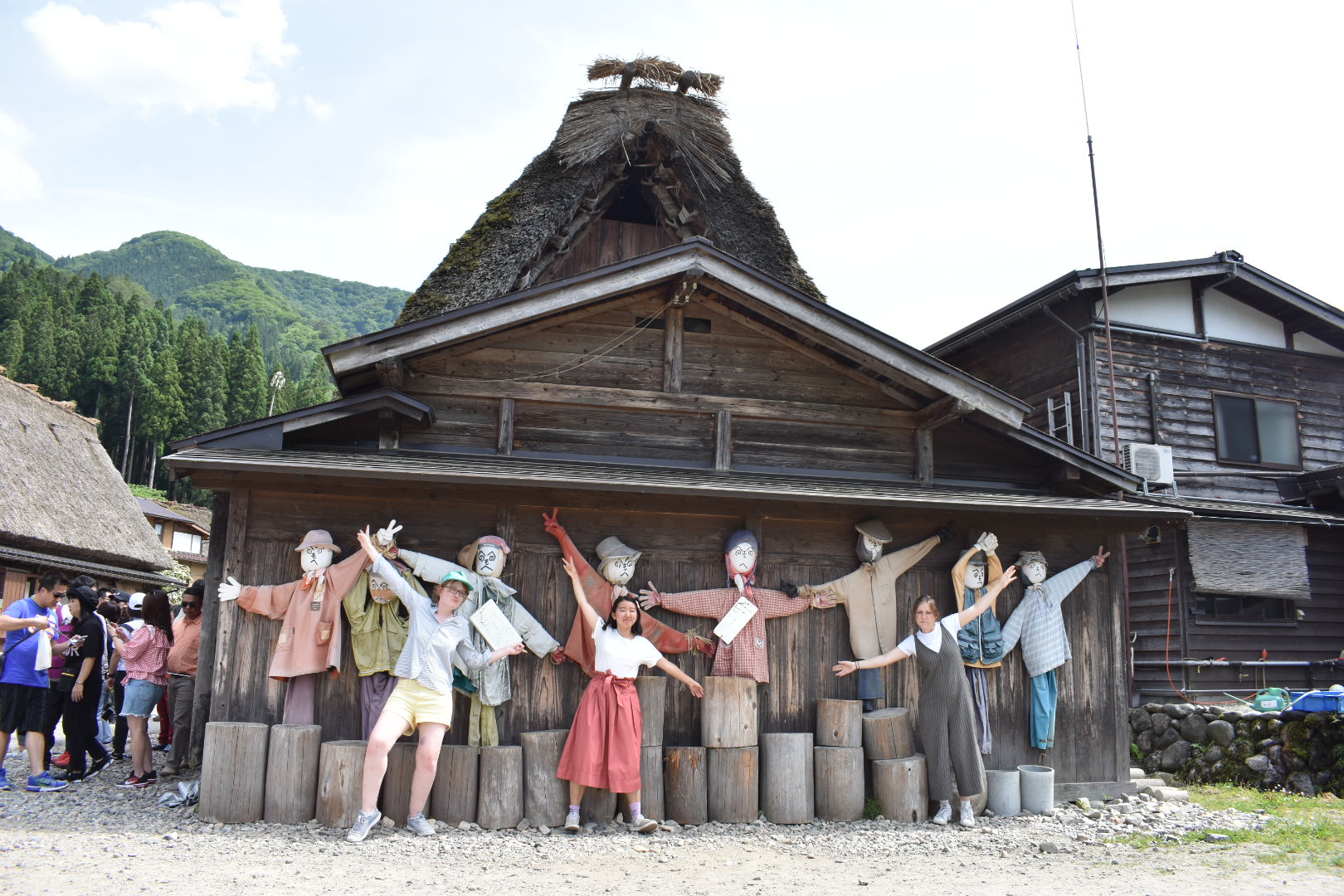
- Nara
Before arriving in Japan, visiting Nara was at the top of my to-do list. In fact, I gathered a group together and went the very first weekend! And let me tell you, it totally lived up to the hype. There were adorable deer wandering around everywhere, and they’ve even learned to bow and beg for food. Aside from the deer, though, Nara is home to some of Japan’s most incredible shrines and temples. The Daibatsu Buddha at Tōdai-ji literally took my breath away, and there are gorgeous sakura trees in and around Nara Park if you visit during the spring. As you walk around town, make sure not to miss the fresh mochi shop! You can watch mochi being pounded on the spot, and eat it while it’s still warm and fresh. Only 45 minutes away from Kyoto, Nara is well worth the short journey.
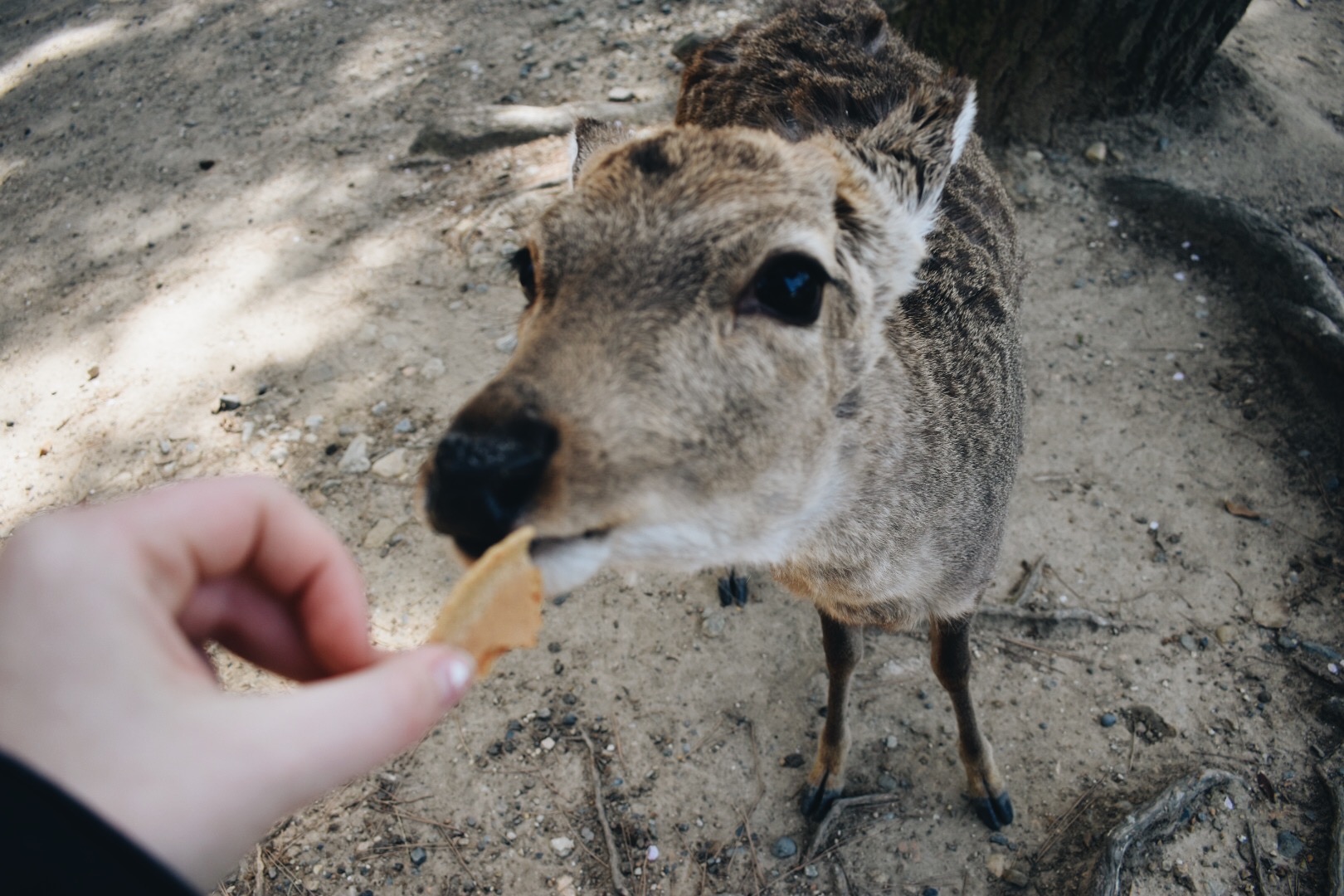
- Uji
Technically part of Kyoto, Uji is under thirty minutes away from Kyoto Station by train, making it a very easy day trip. Uji is known for its green tea: everywhere you look, there are tea shops, matcha ice cream, matcha noodles, and even matcha gyoza. Aside from matcha, Uji is also famous for being the home of Byodoin, or Phoenix Hall, as well as being the setting for the last 10 chapters of The Tale of Genji. For literature nerds like me, the Tale of Genji museum is a must-visit. In addition to full-scale representations of scenes from Genji, I really enjoyed being able to get a closer look at the dramatic plot of the story and seeing some of the settings for myself.

Mackenzie Lorkis studied in Kyoto, Japan in the Language & Culture, Doshisha Univ. Program – Spring 2018


